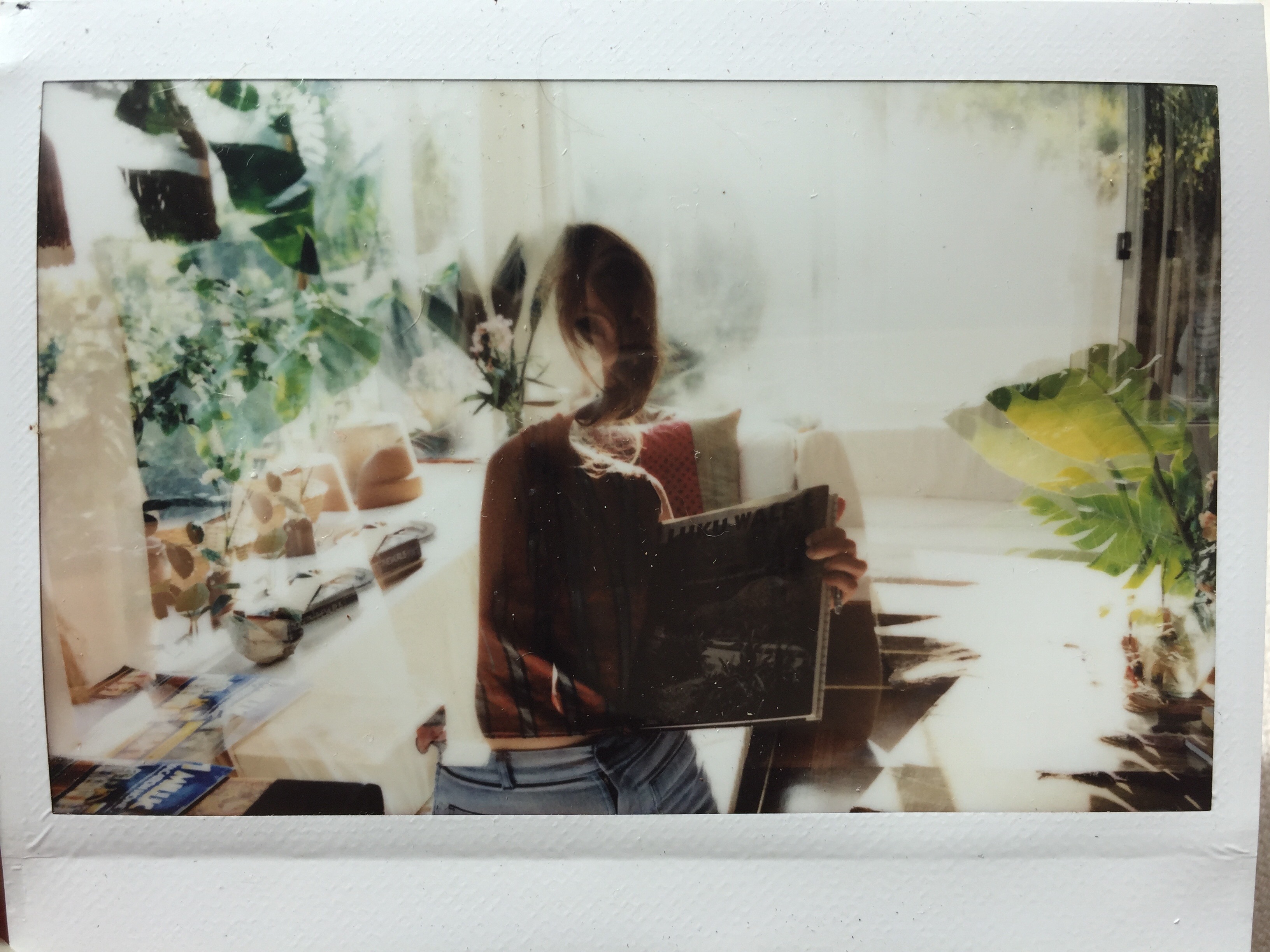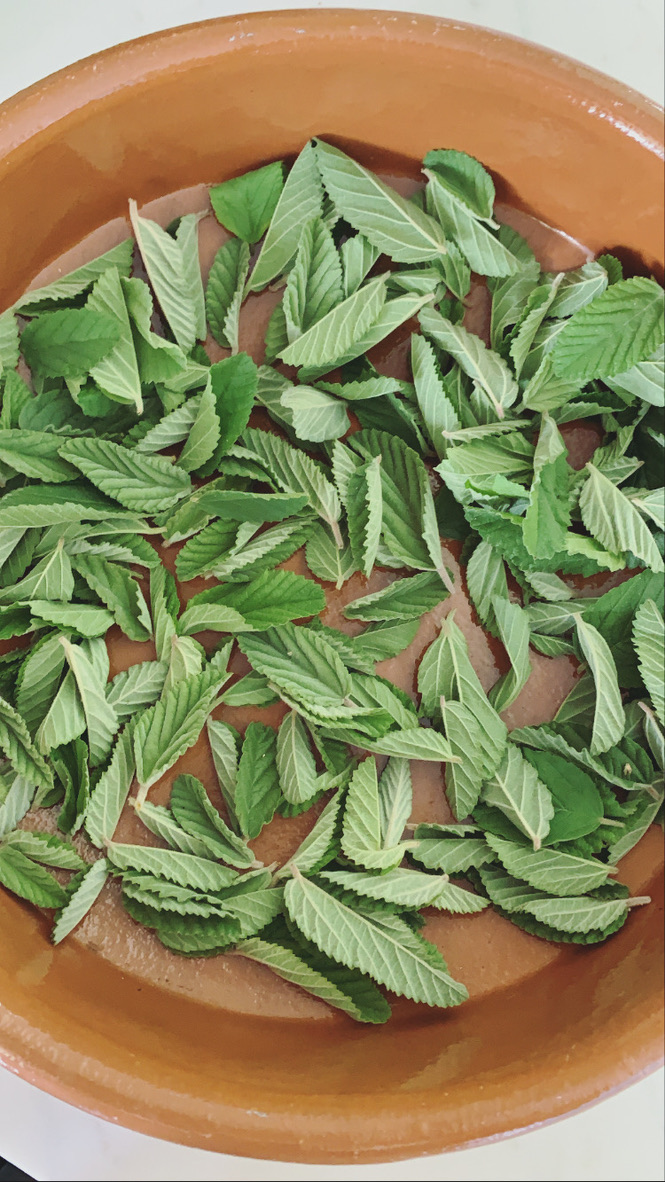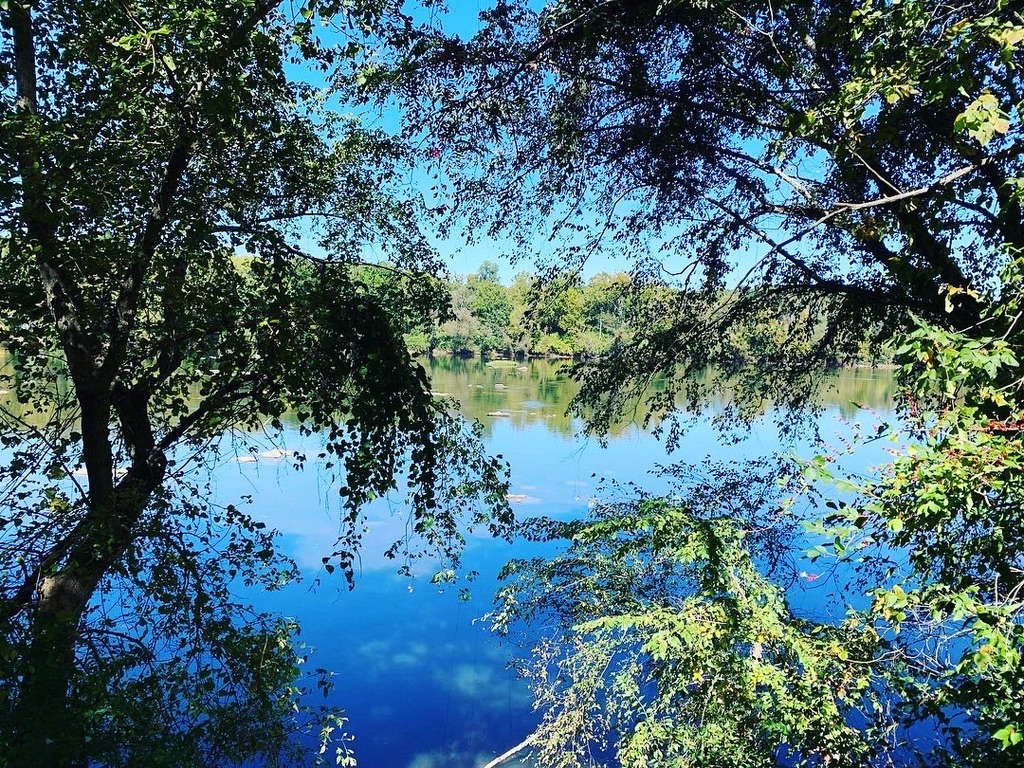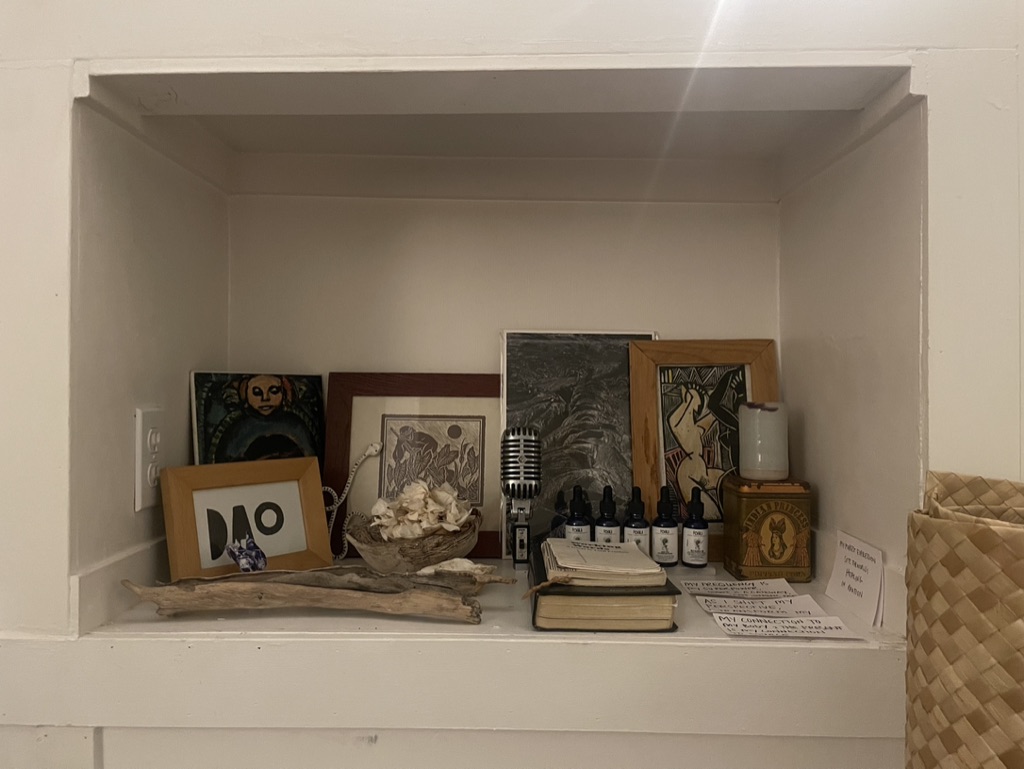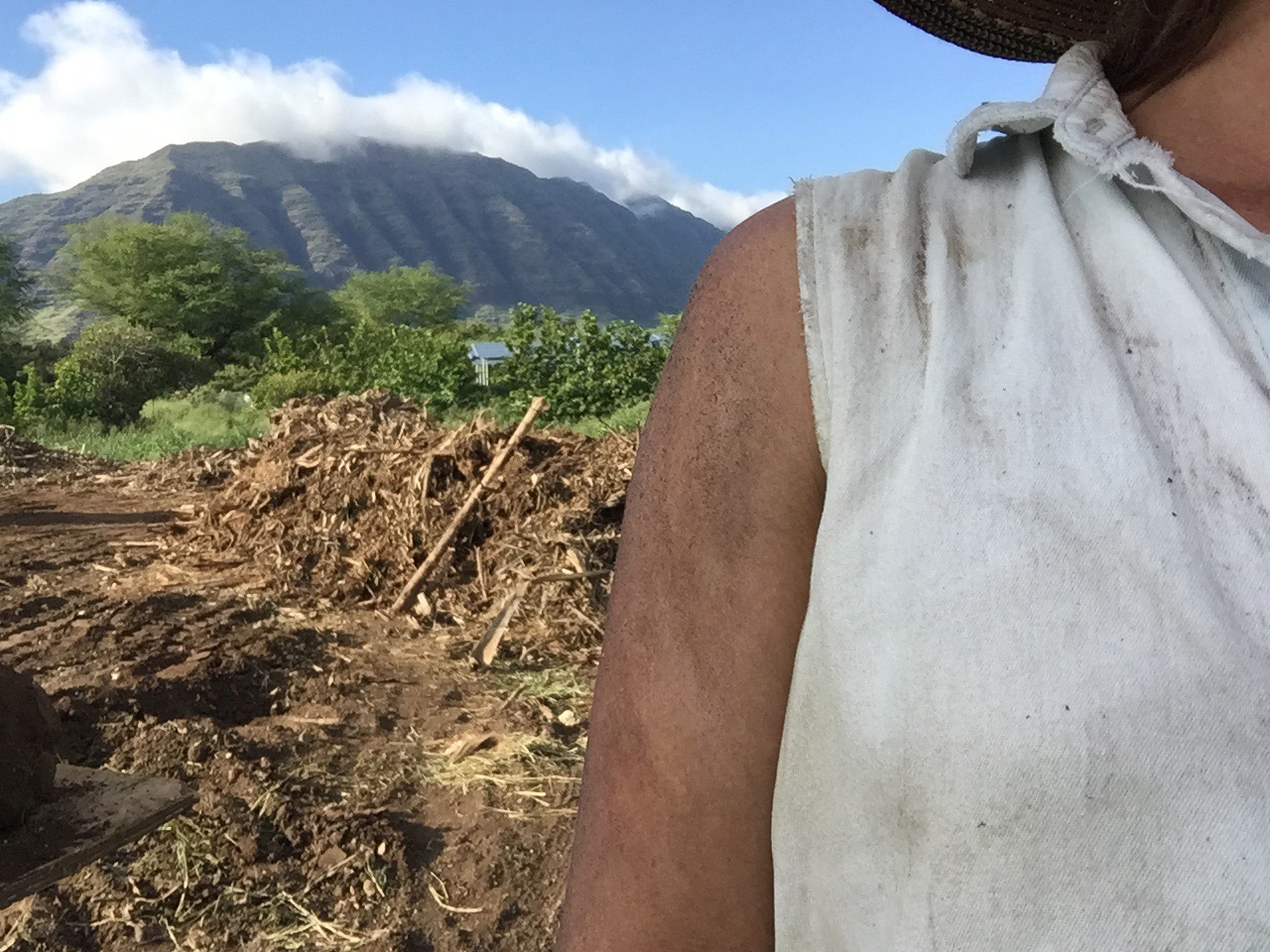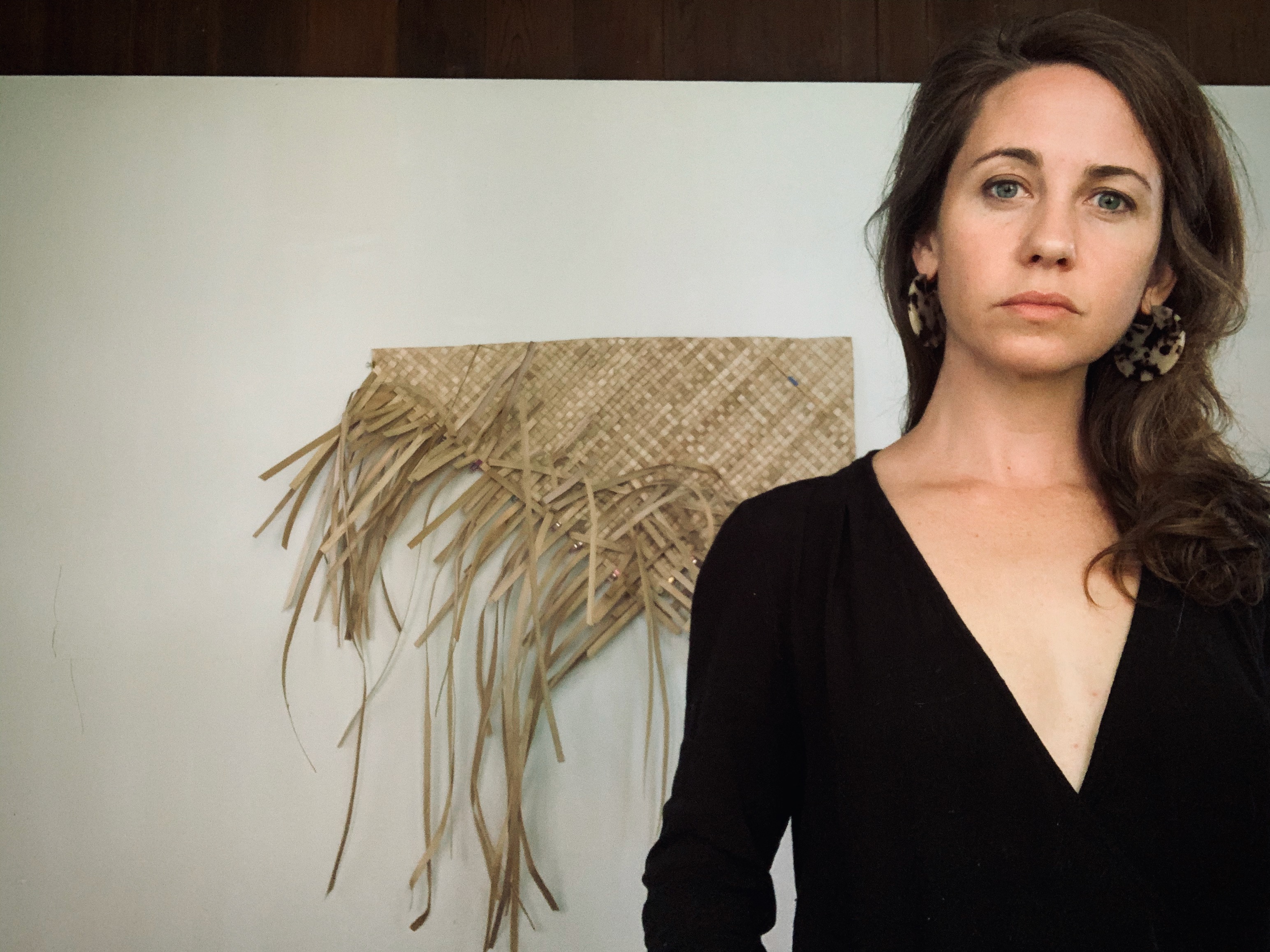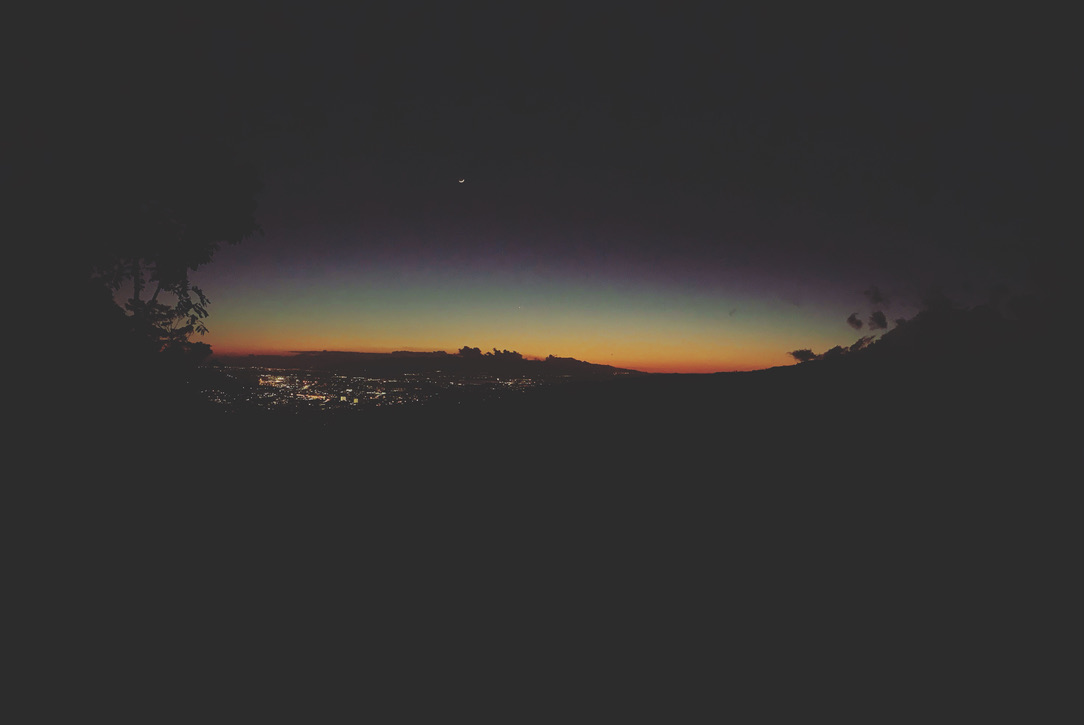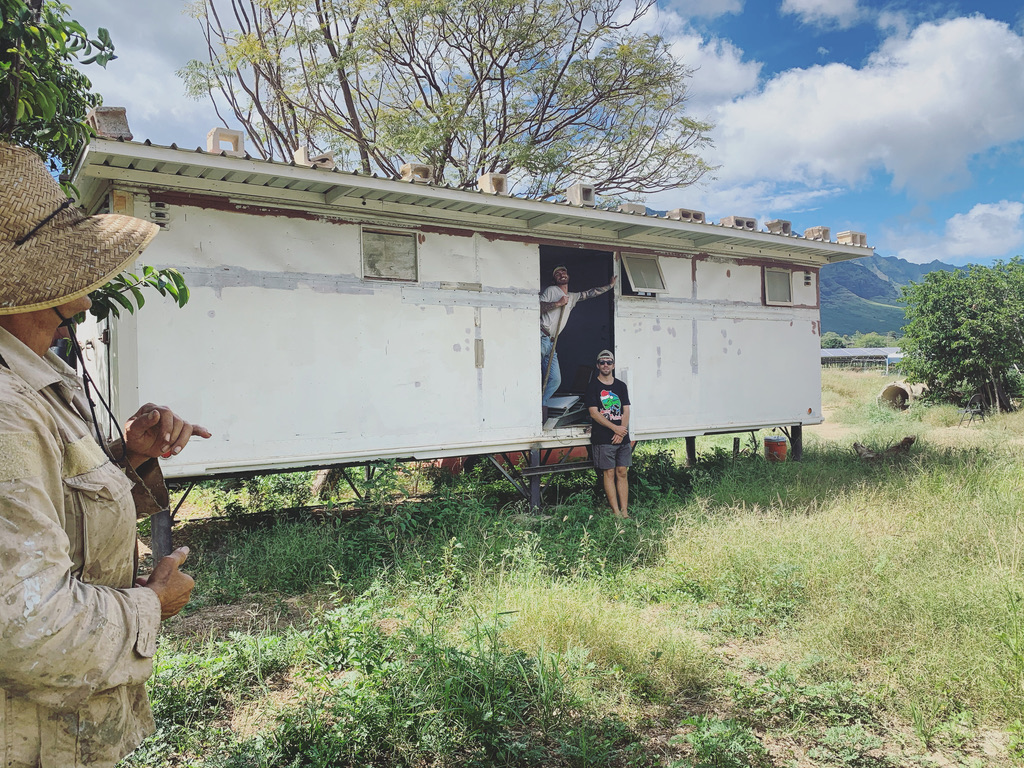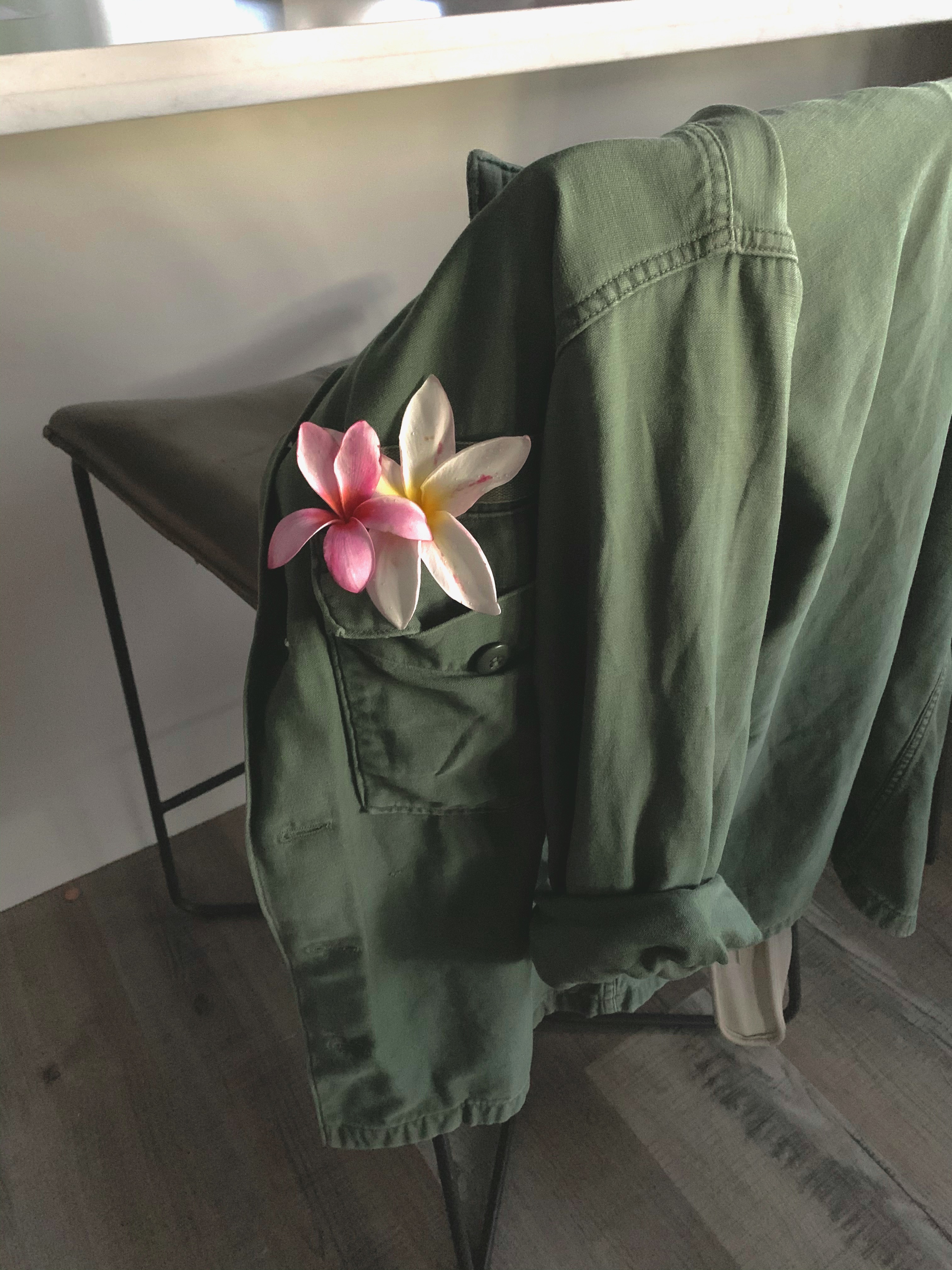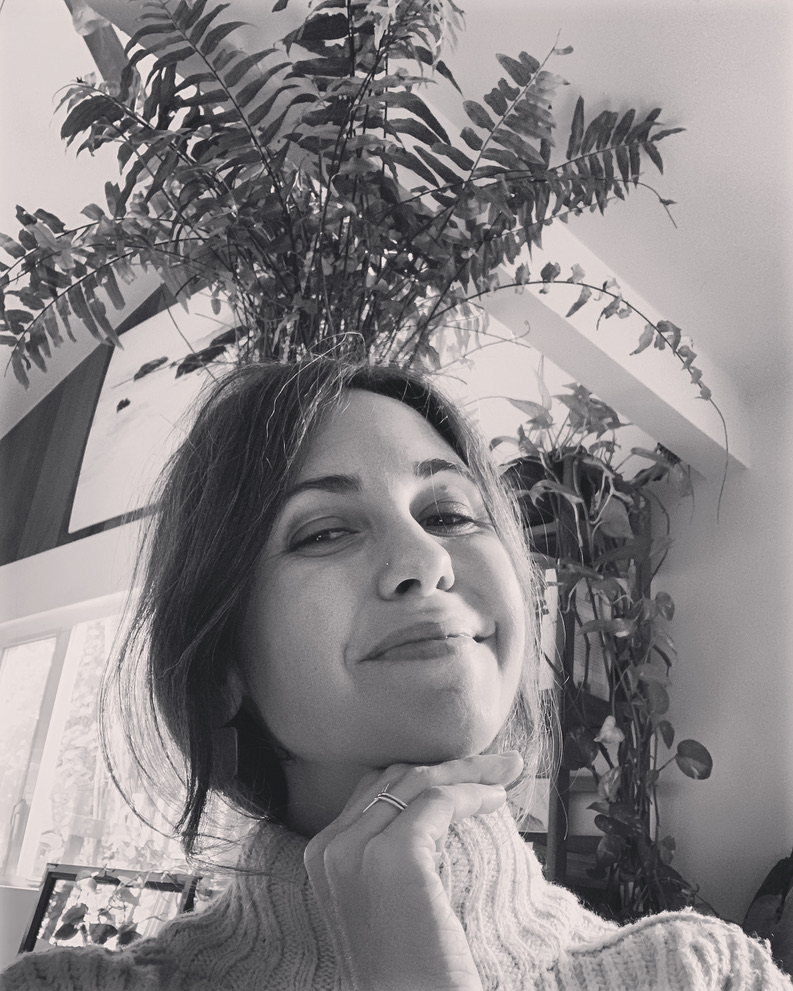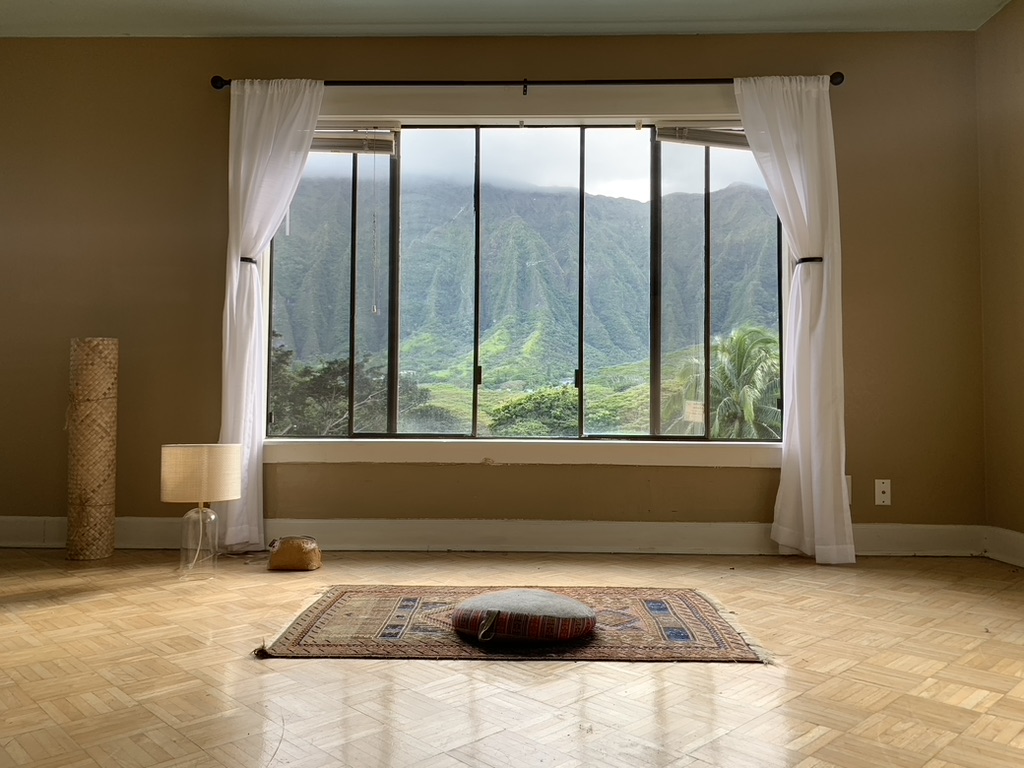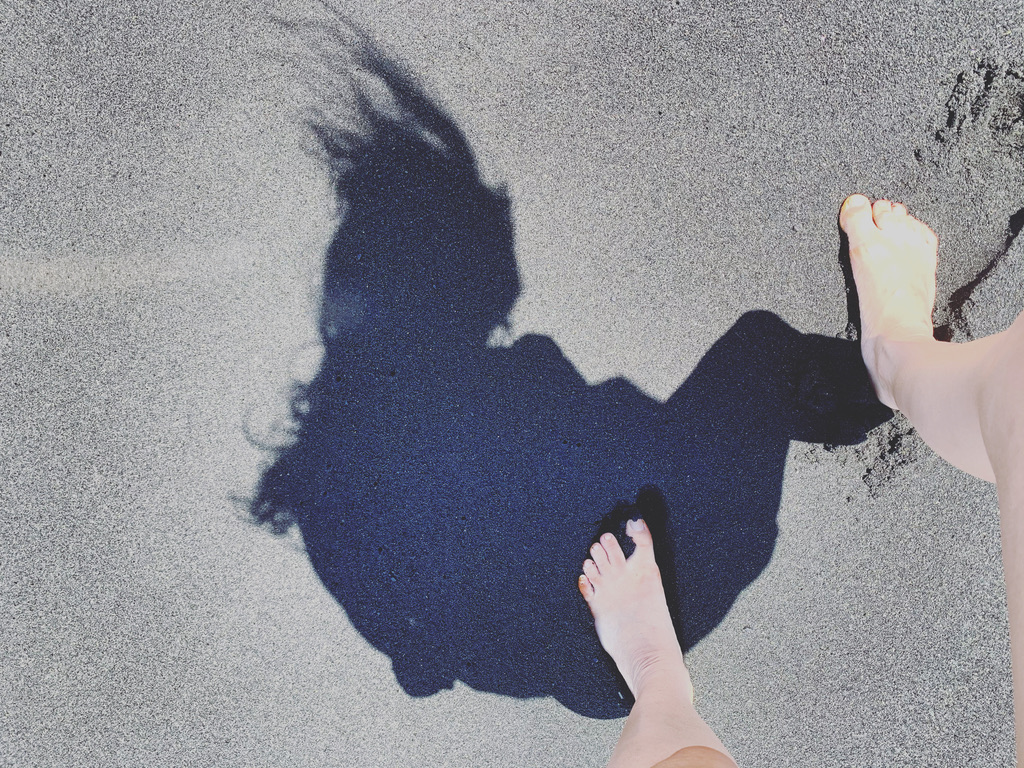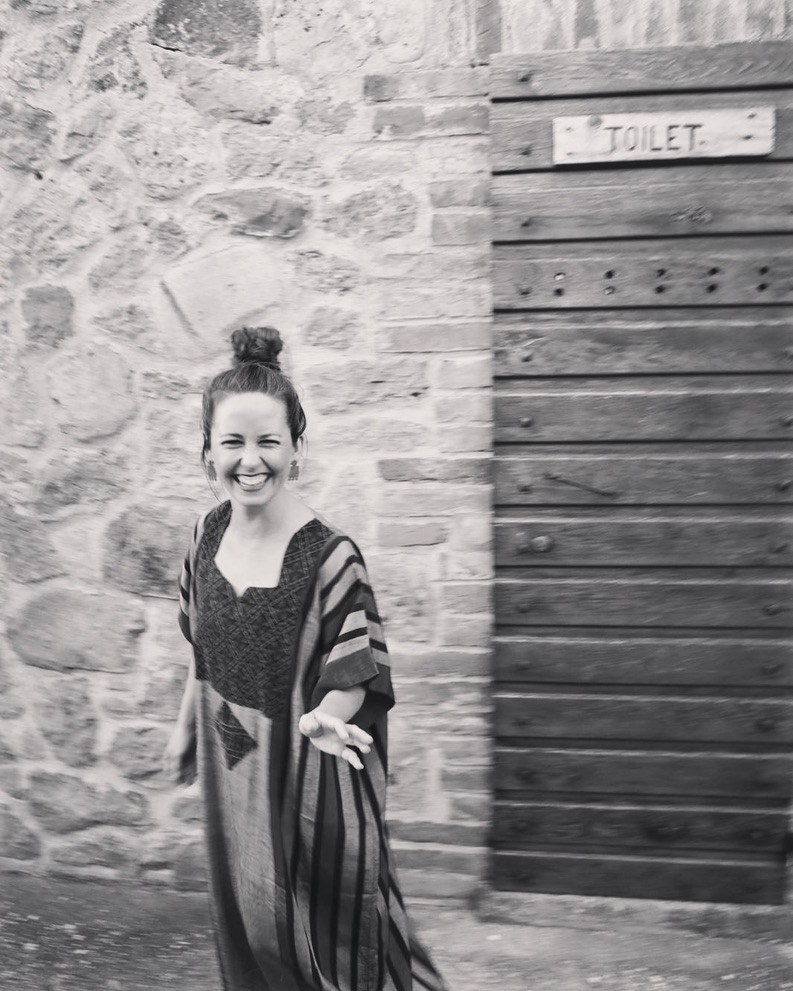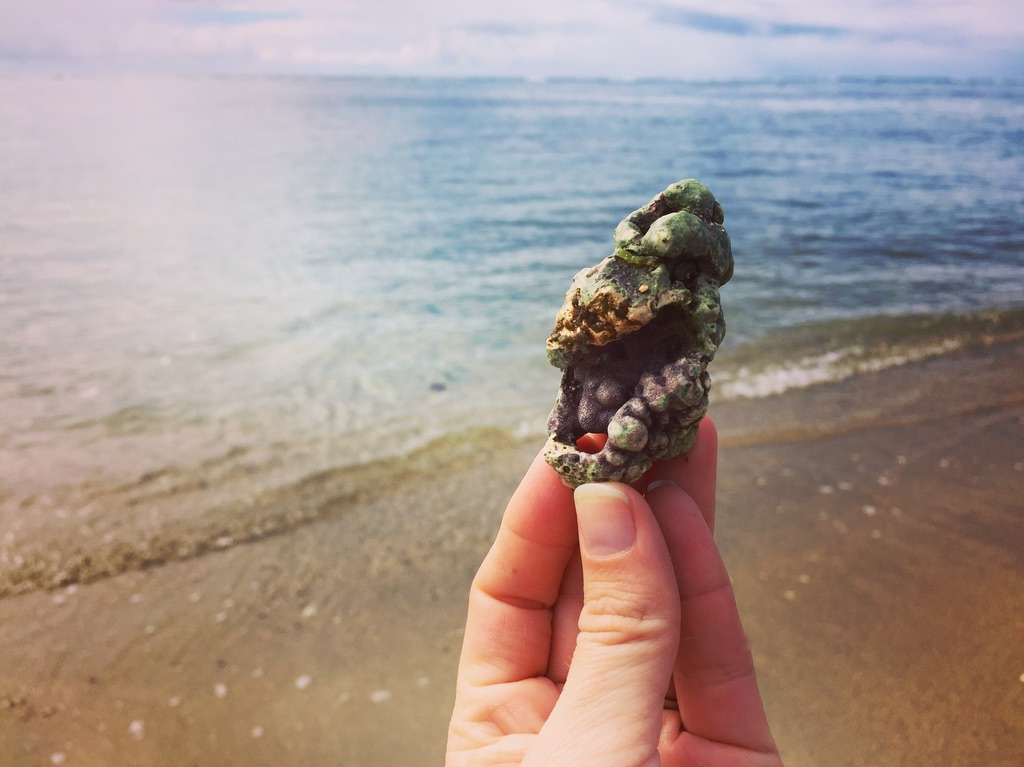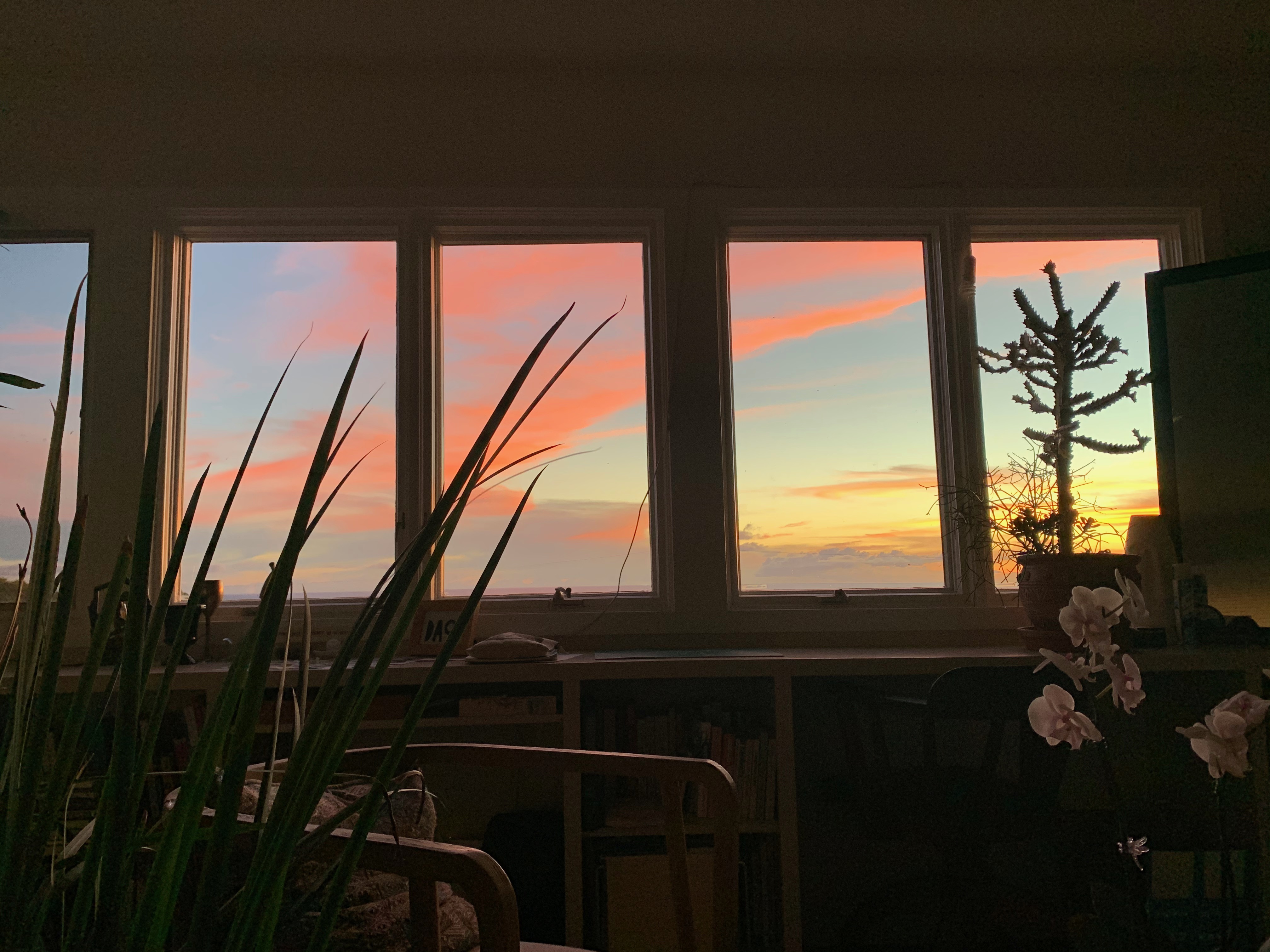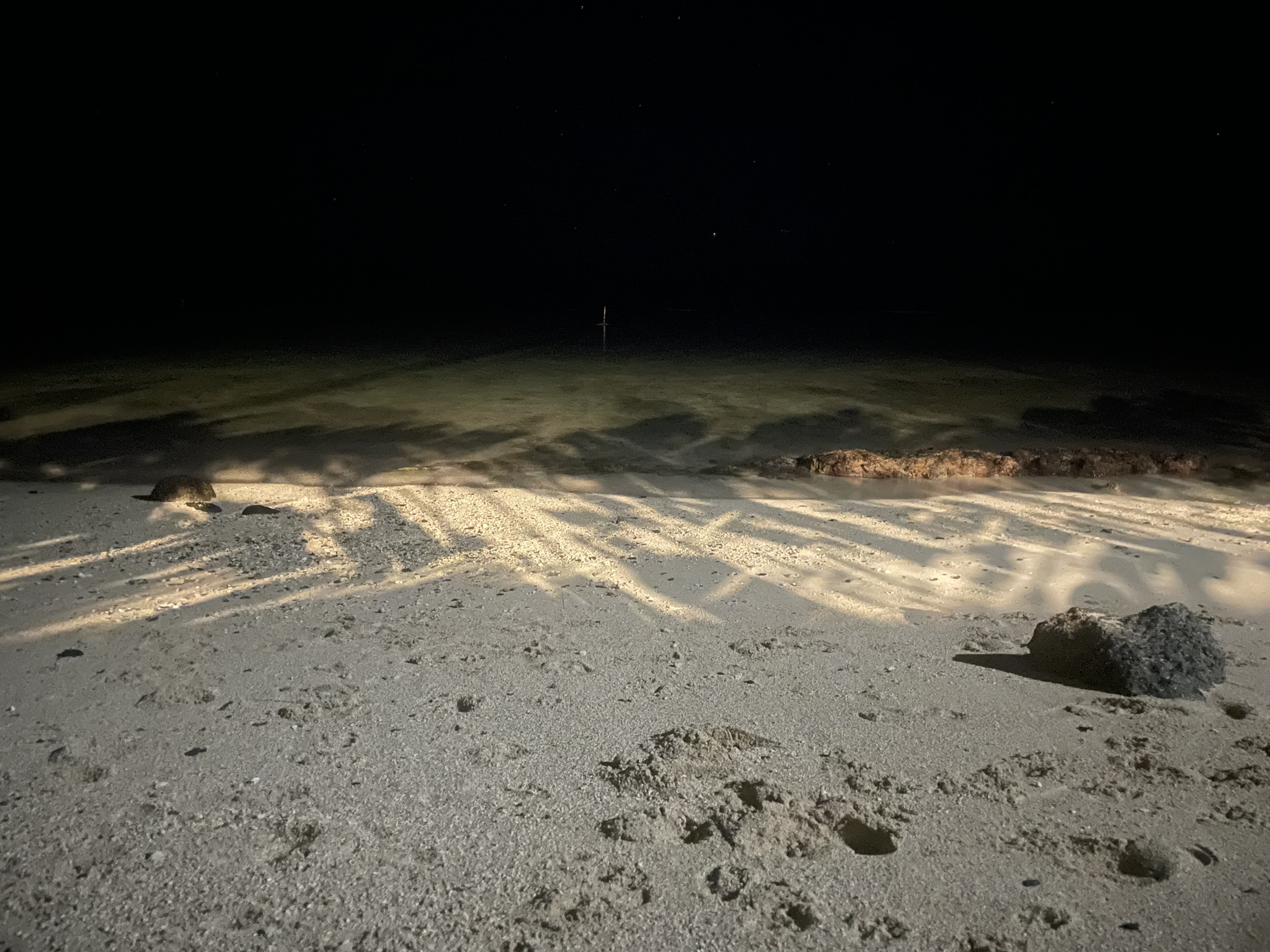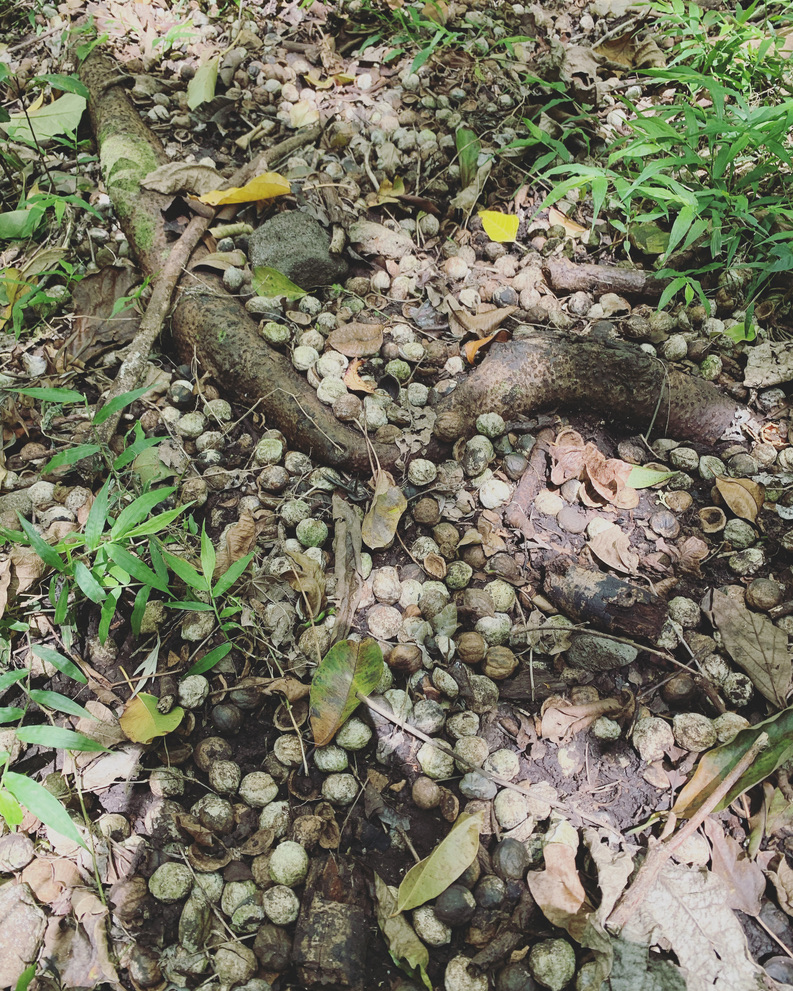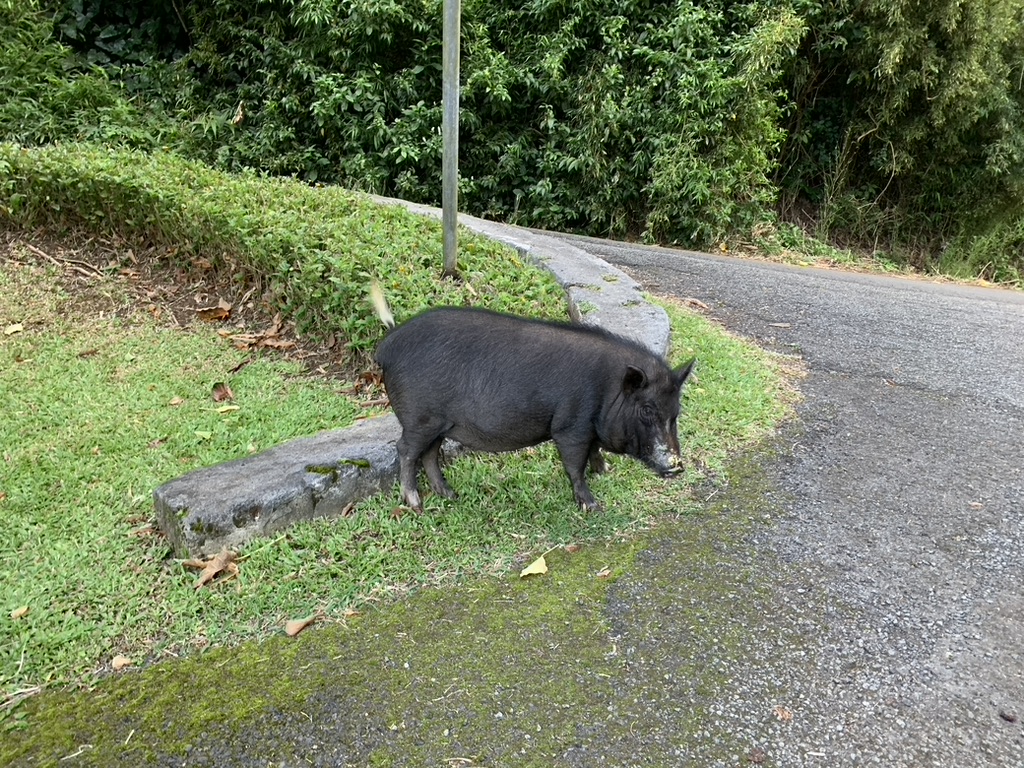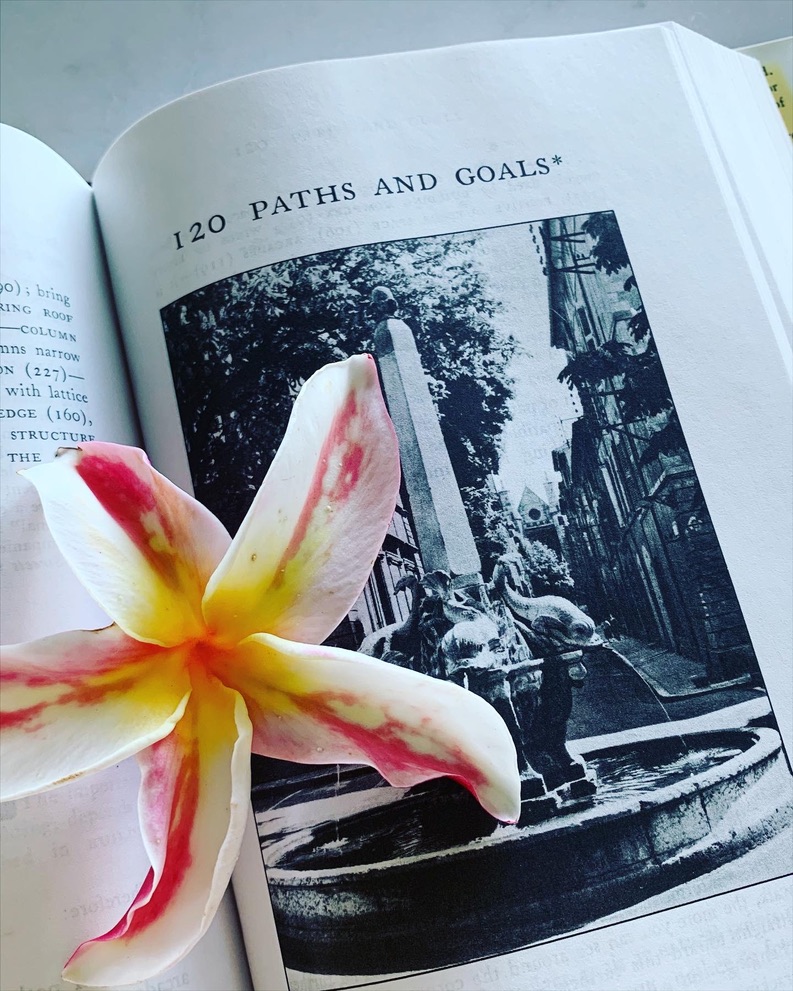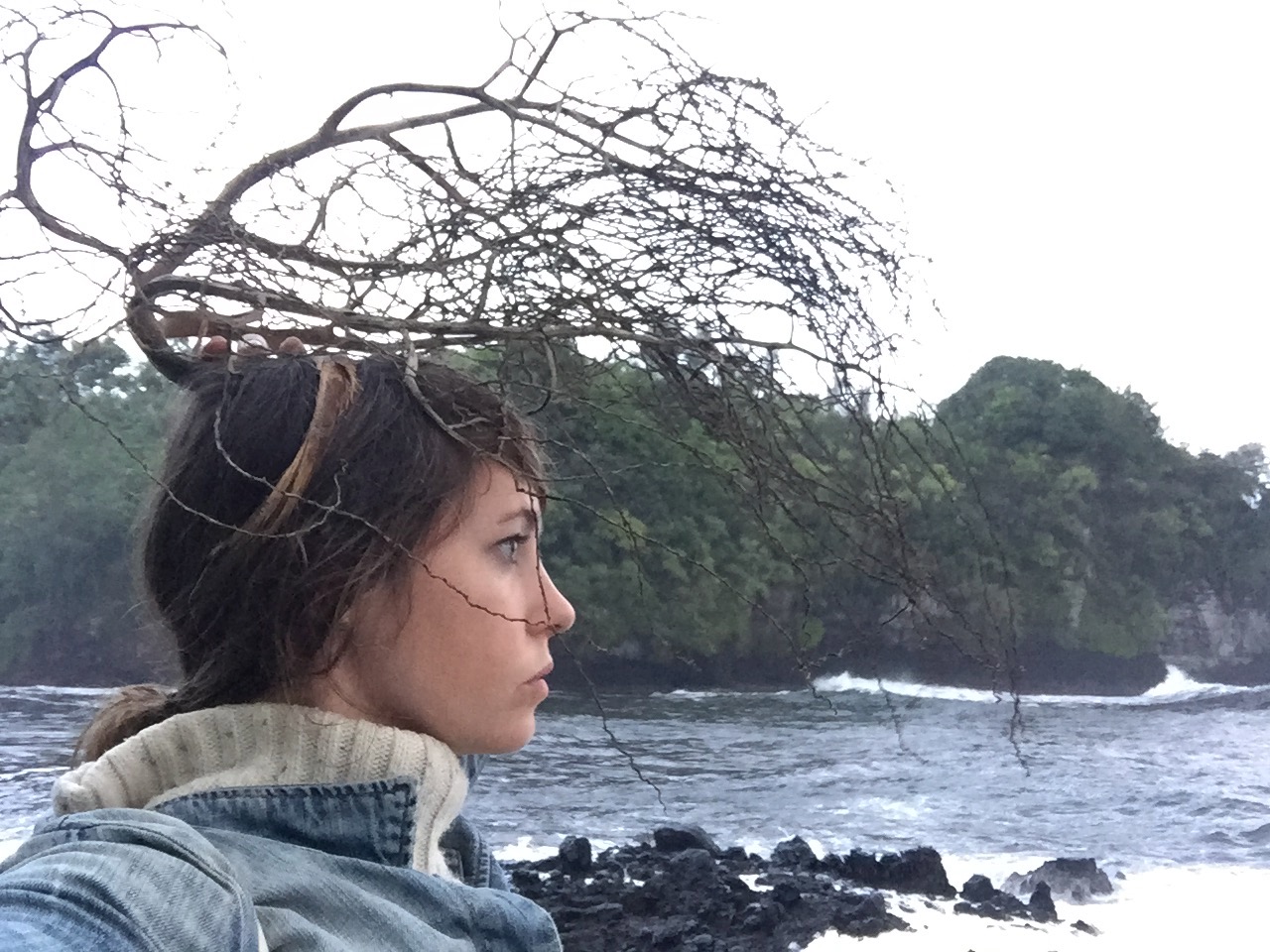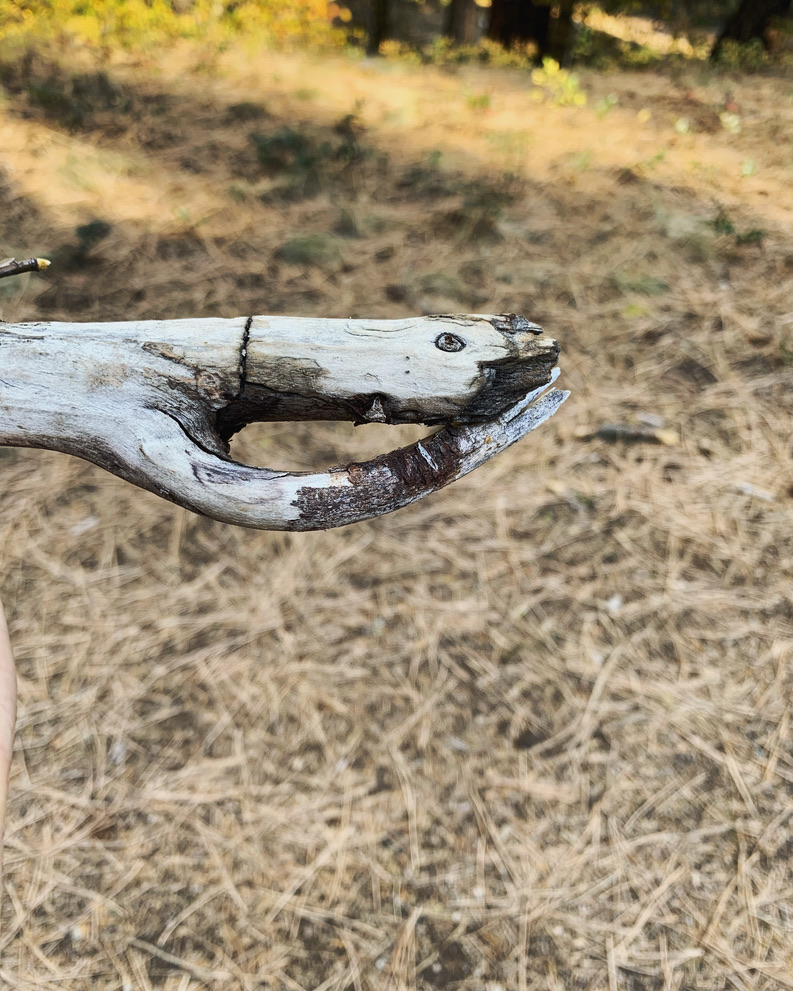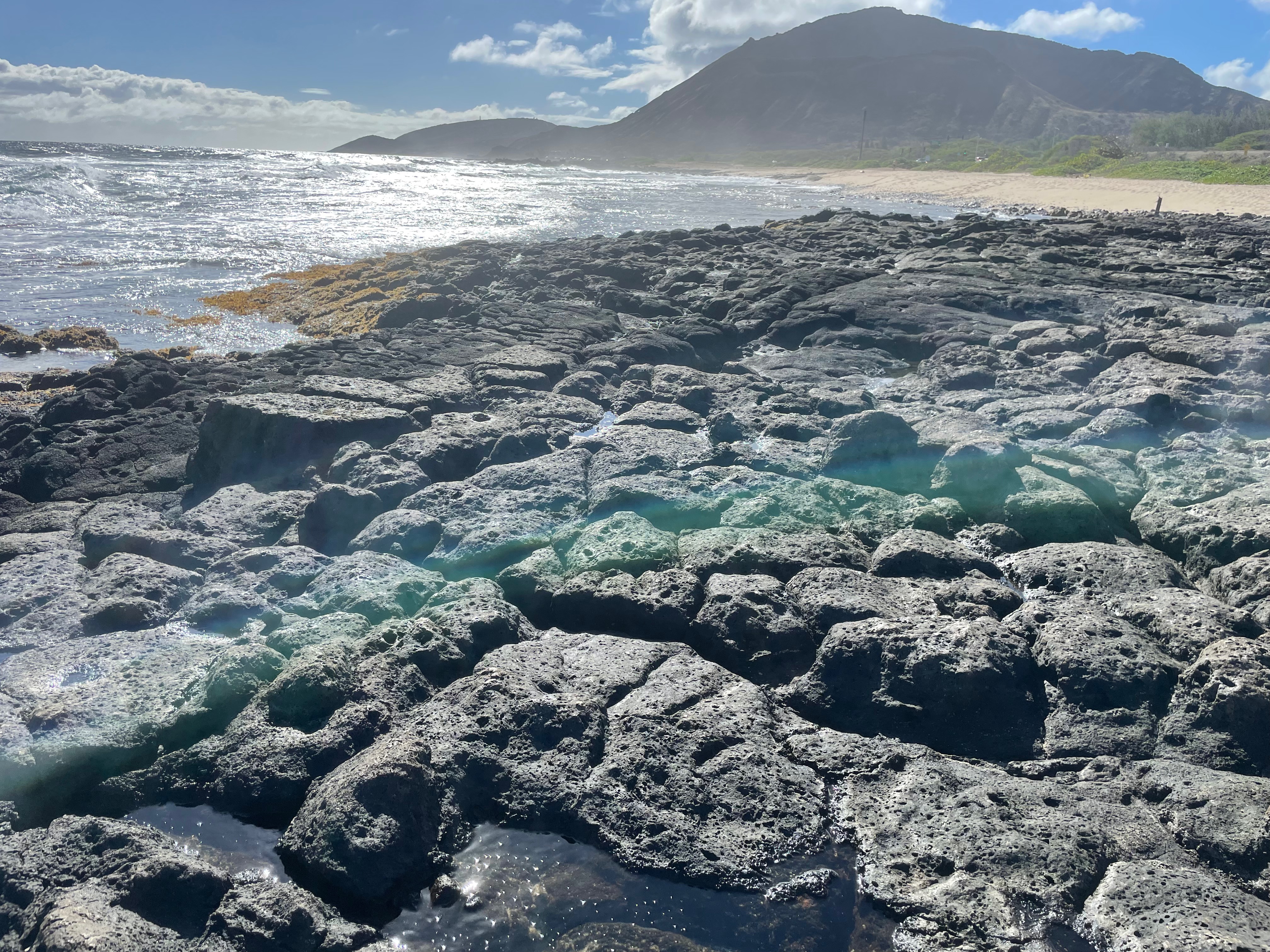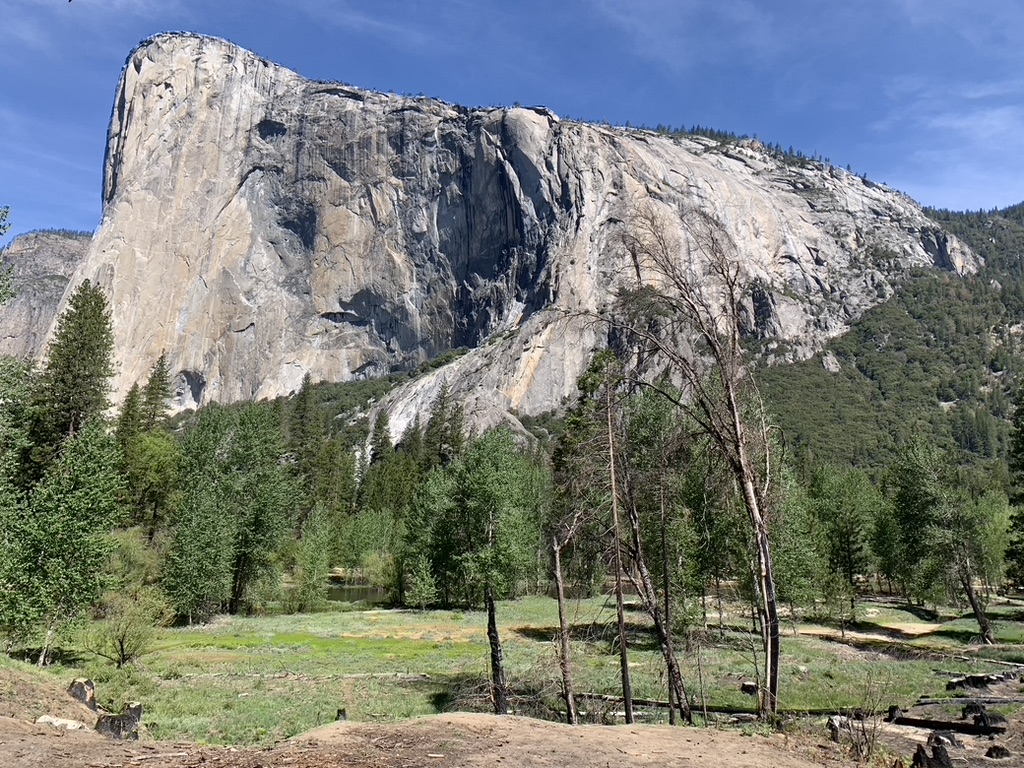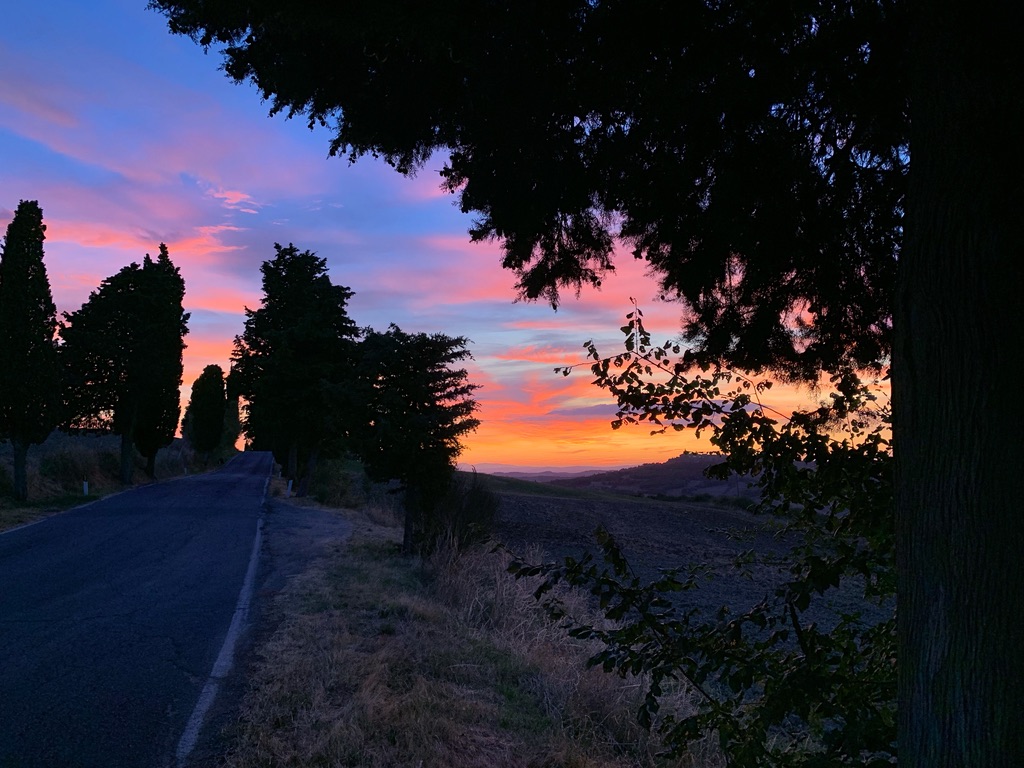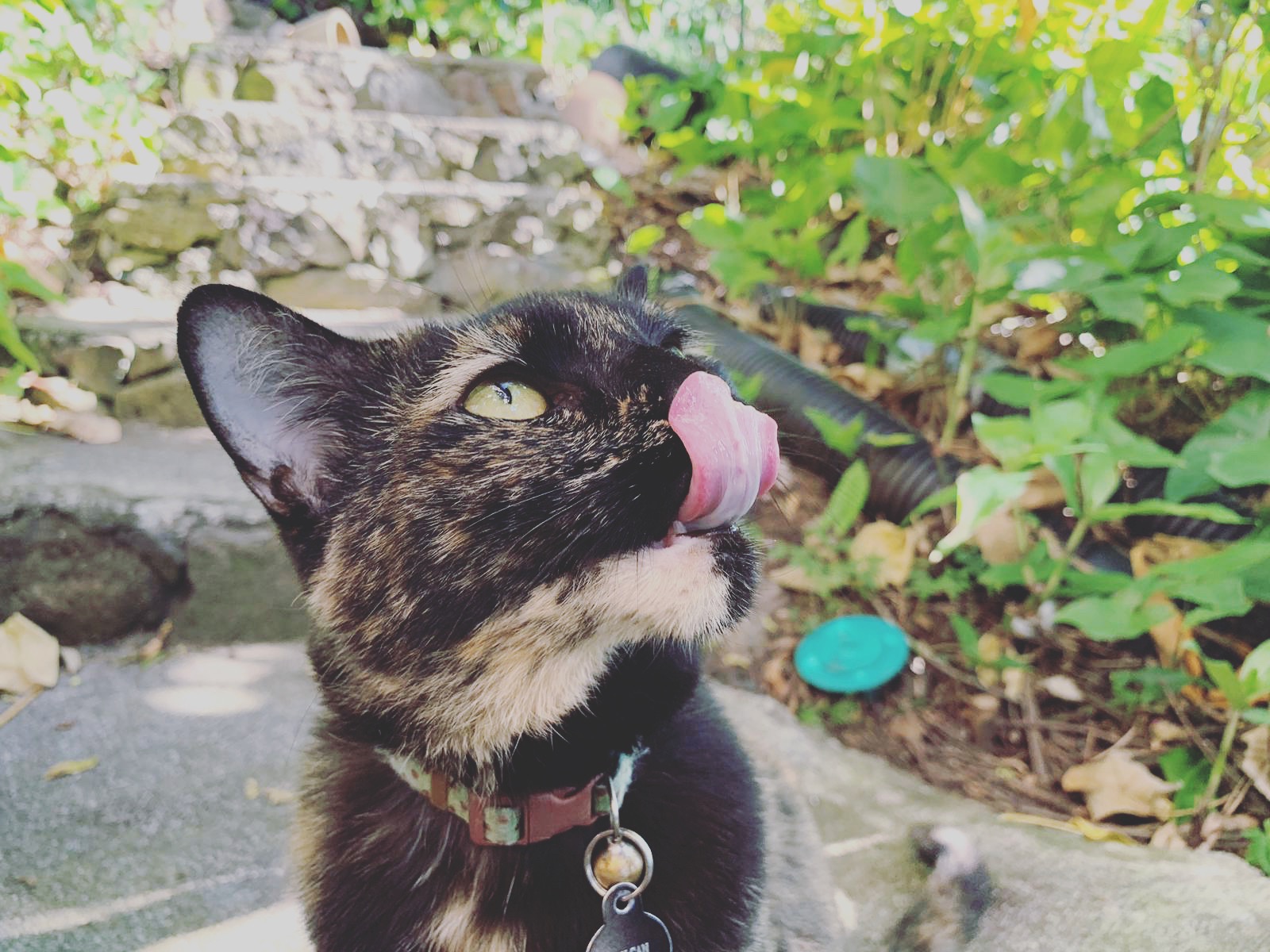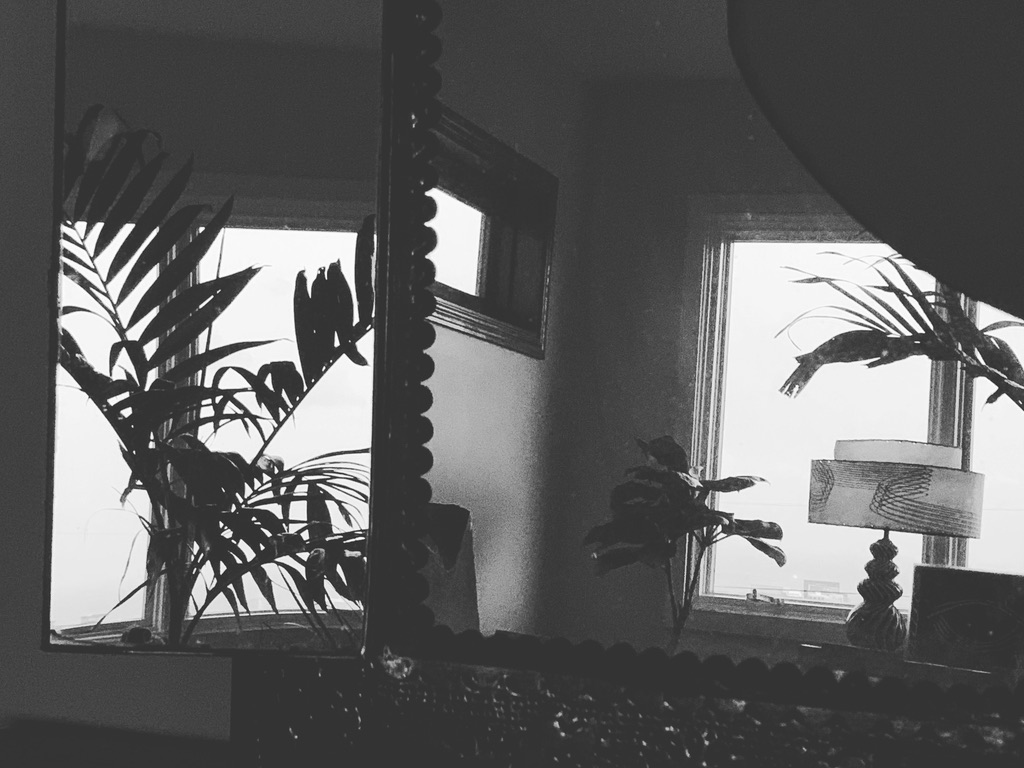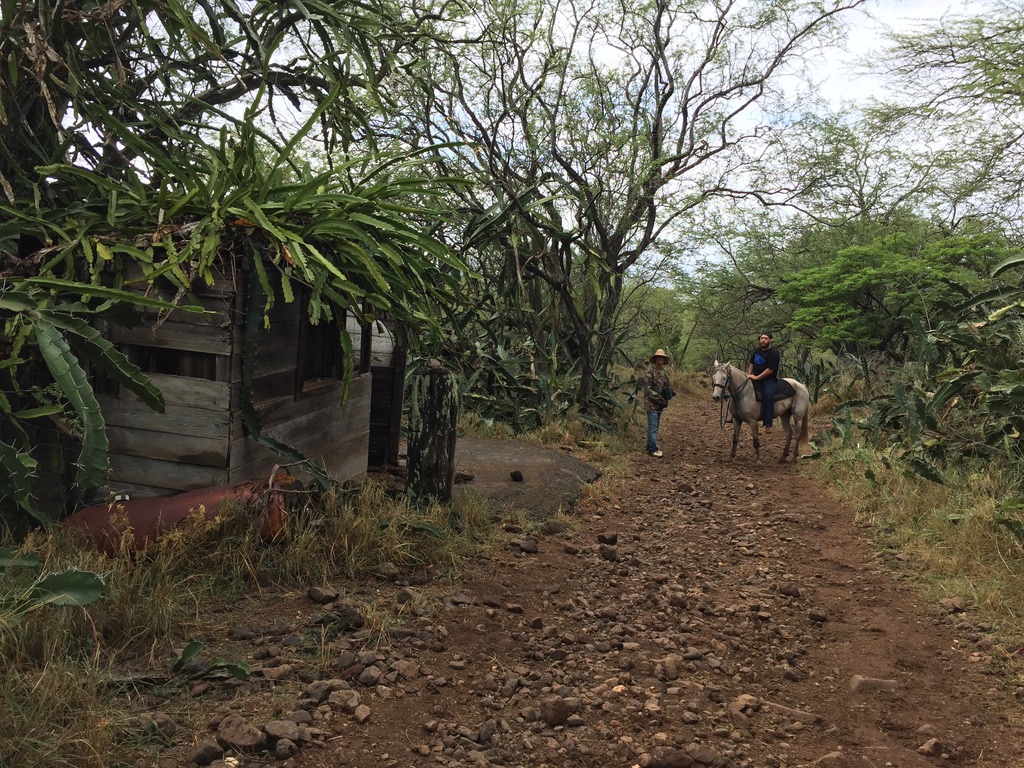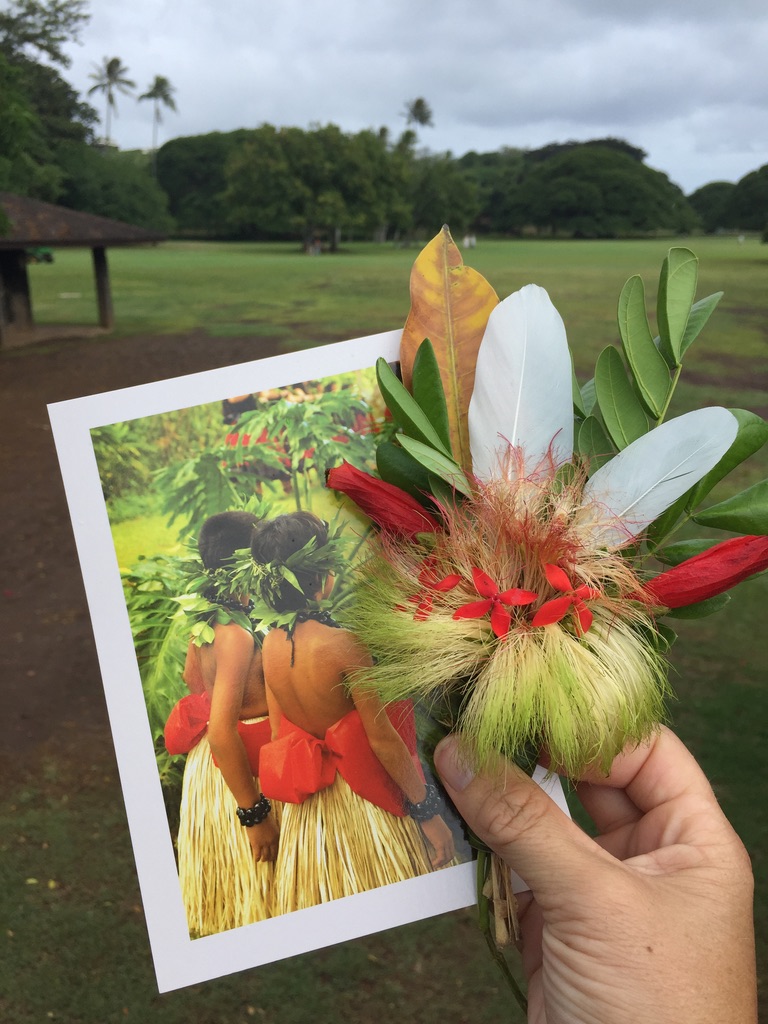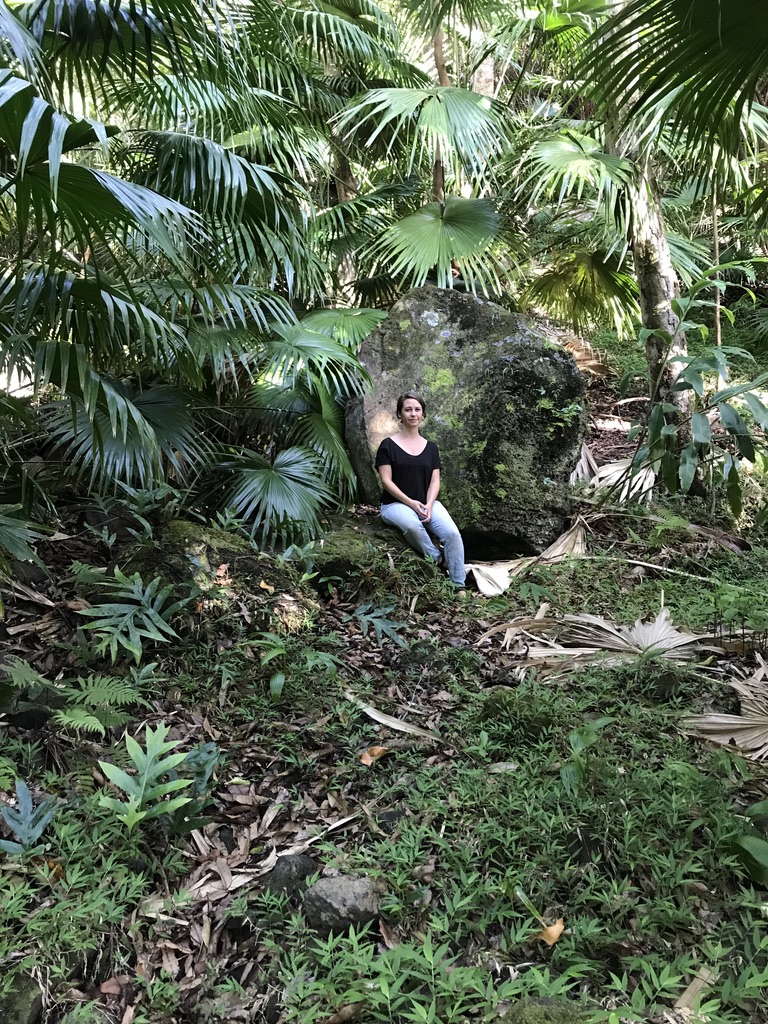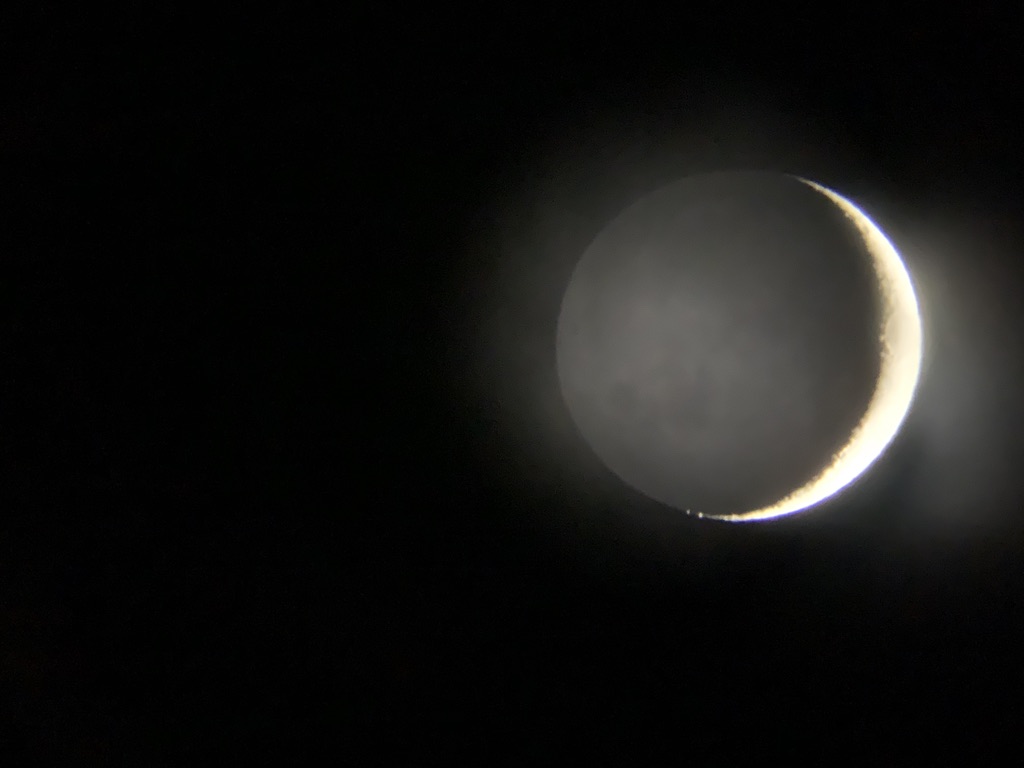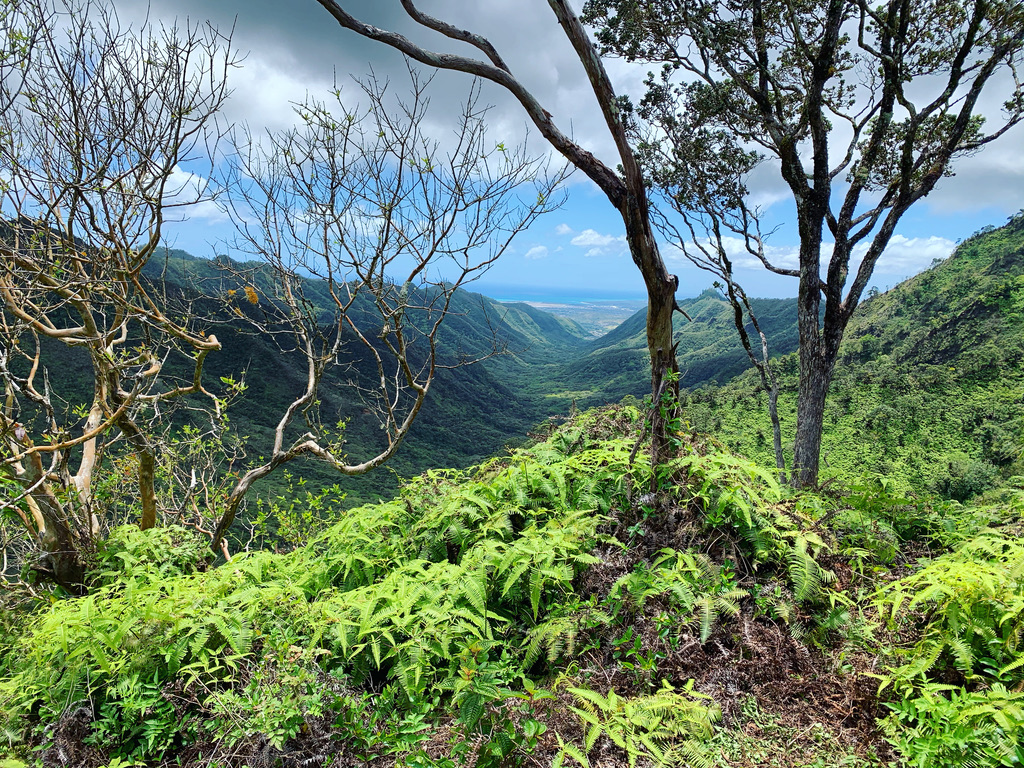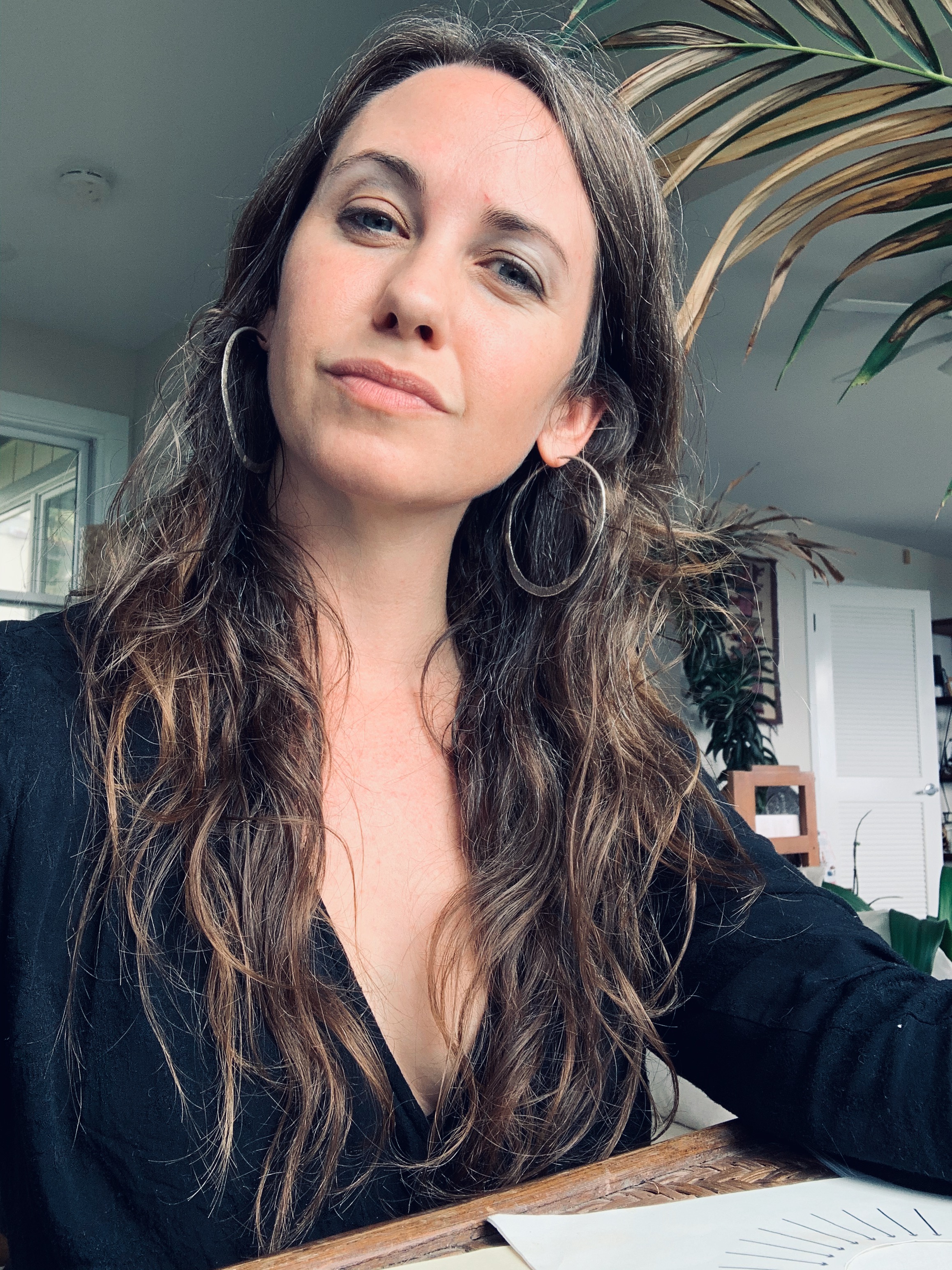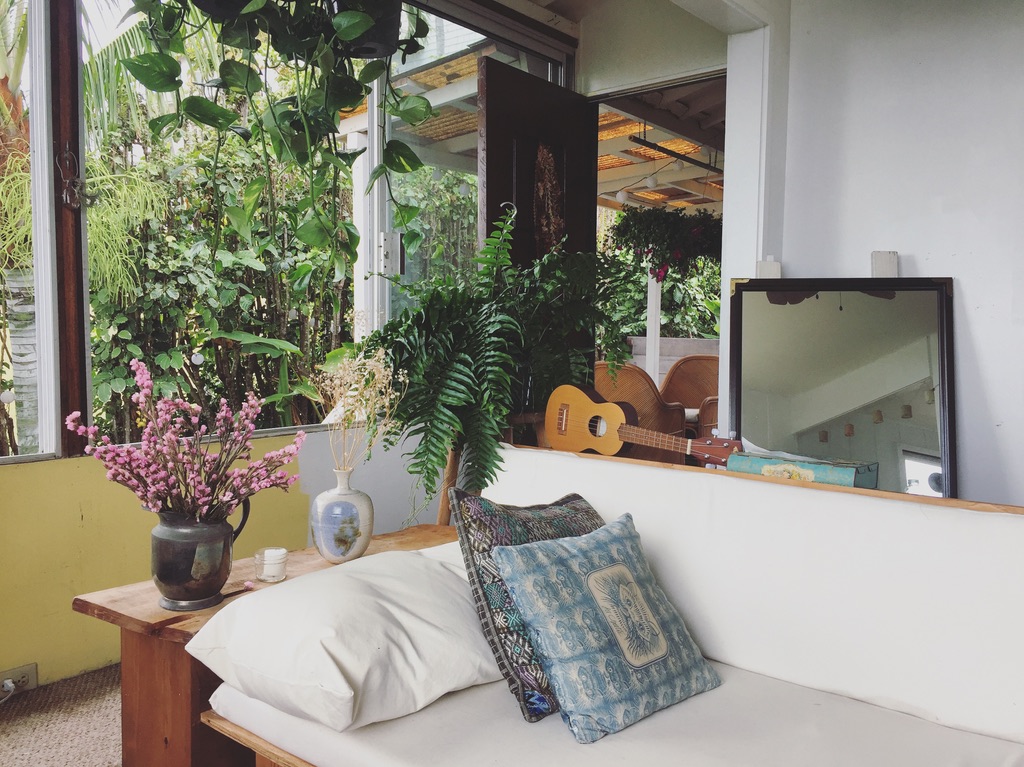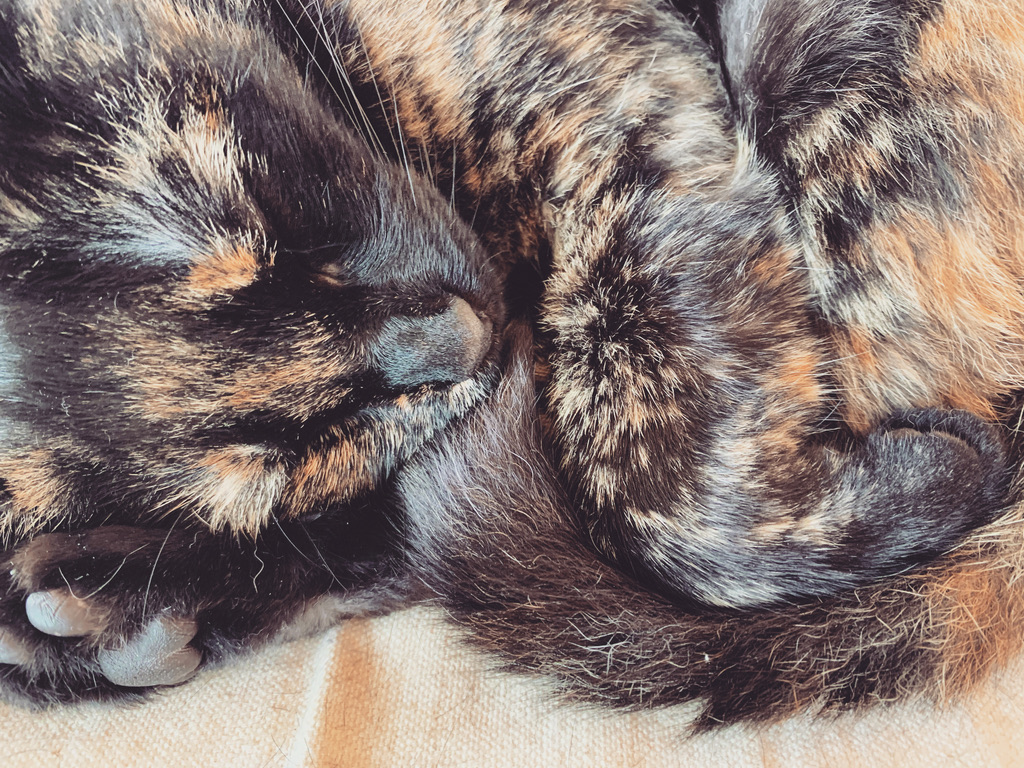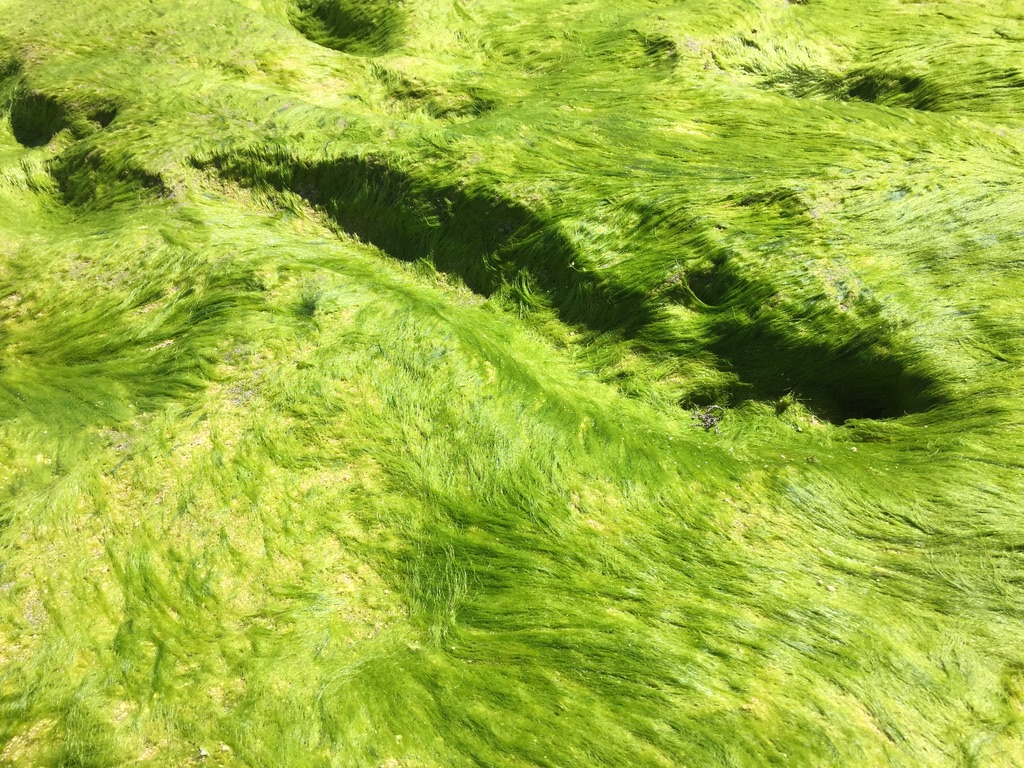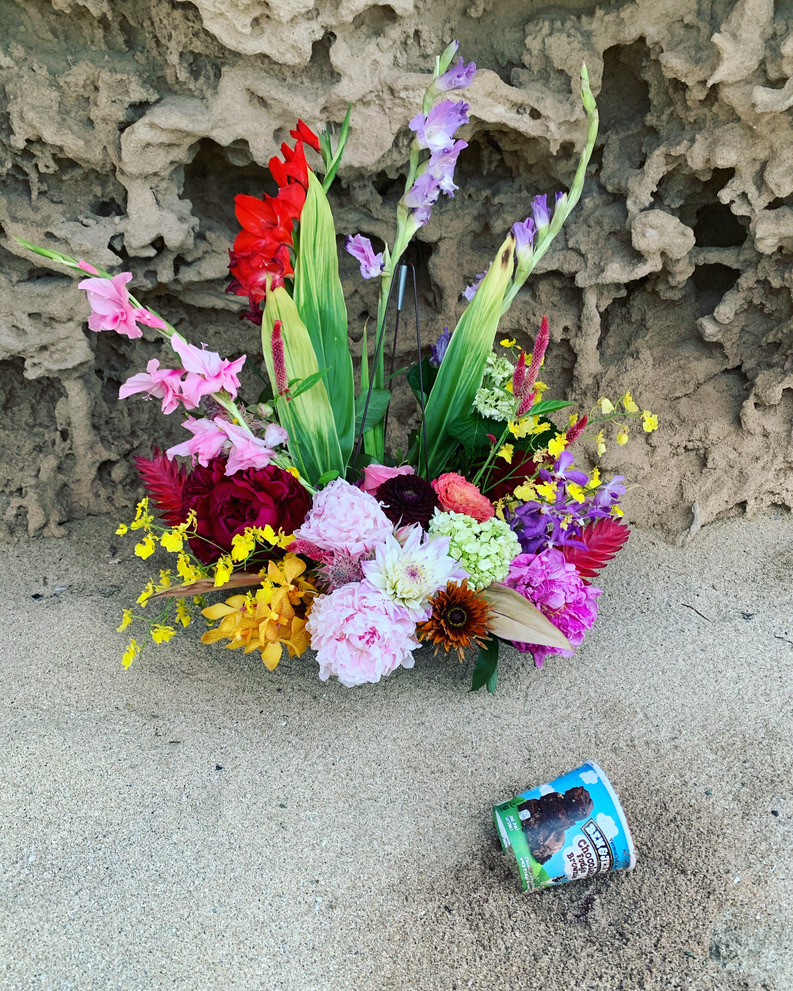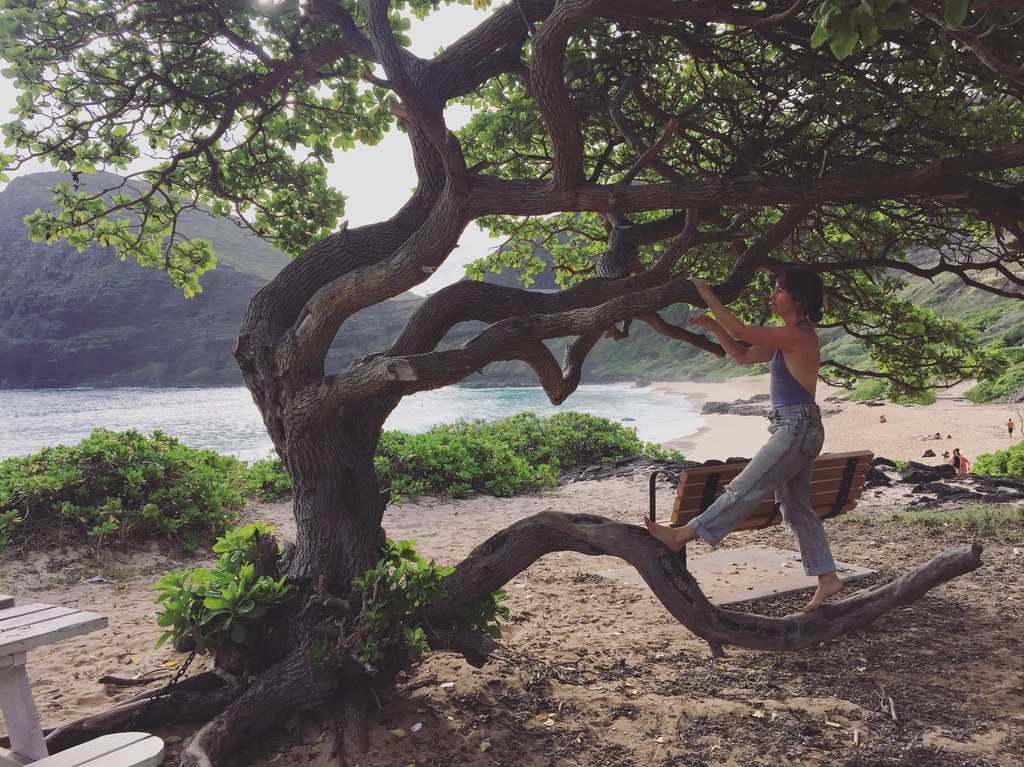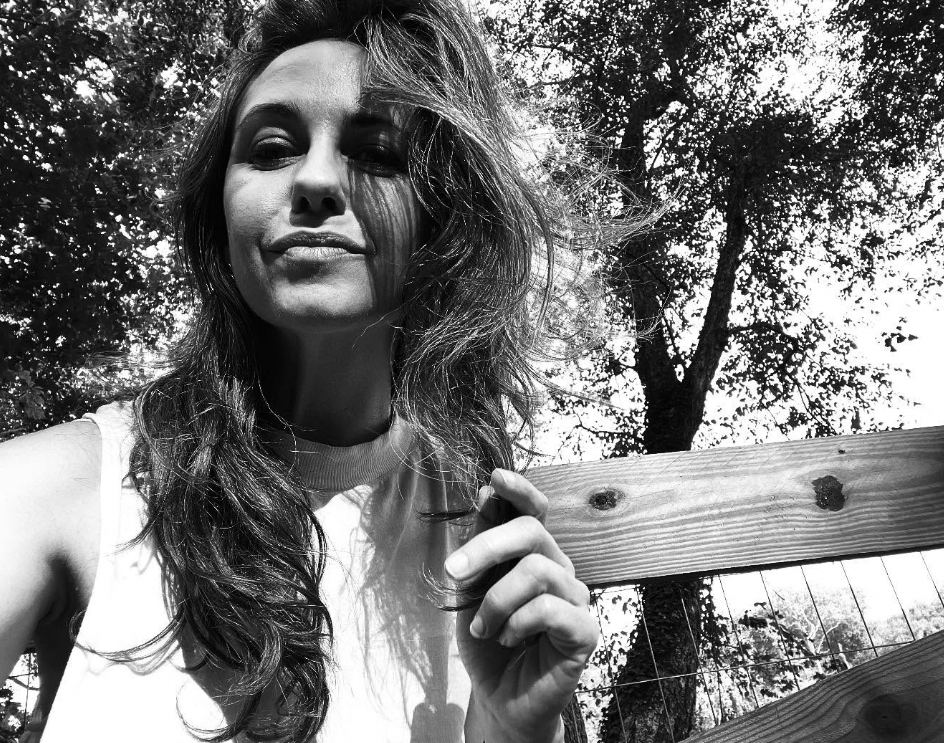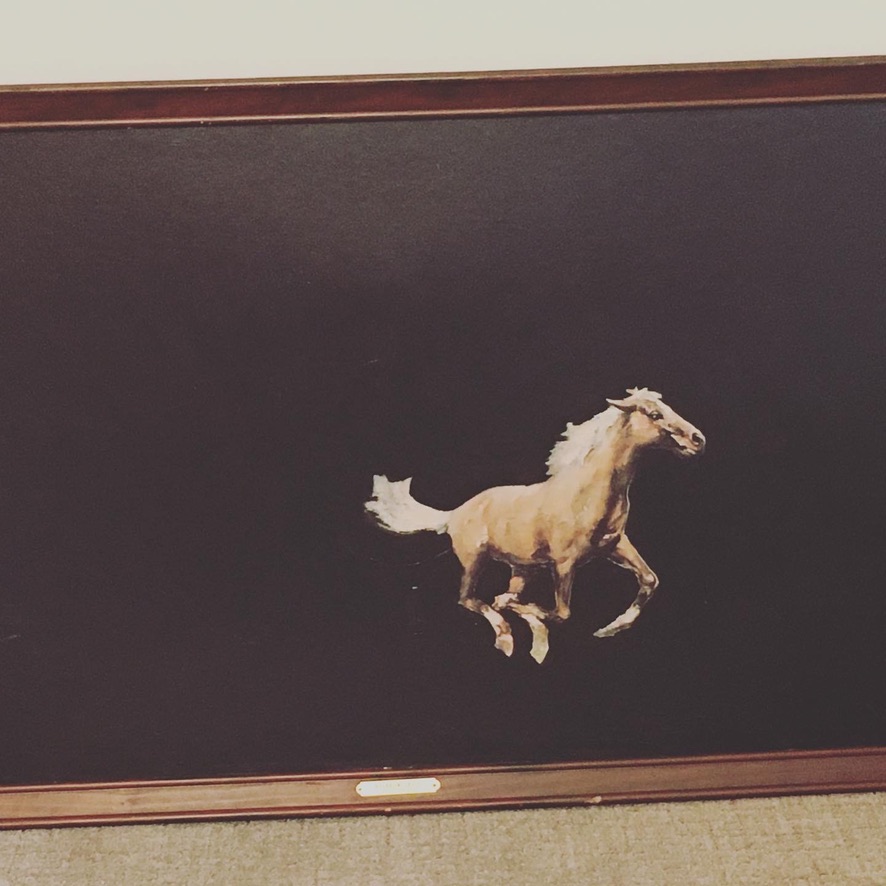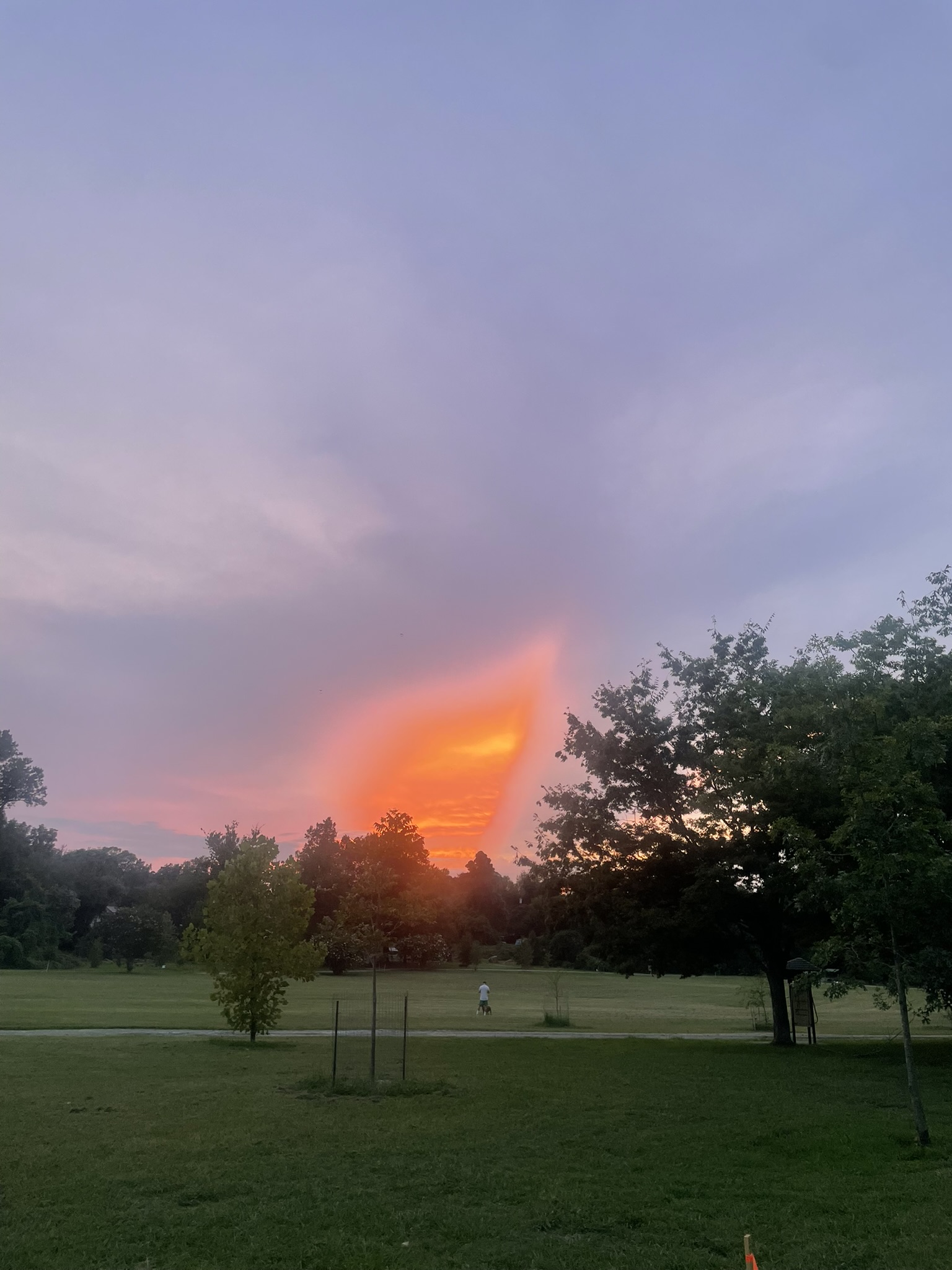Diane O’Neal
︎ About
︎ CV
︎ Cultural Training
︎ Research
︎ Practice
︎ Contact
︎ daolabs ︎
︎ denizen ︎
︎ About
︎ CV
︎ Cultural Training
︎ Research
︎ Practice
︎ Contact
︎ daolabs ︎
︎ denizen ︎
Design Strategy for Conscious Cultural Evolution
Independent Research: An Incomplete List of Ongoing Topics of Inquiry
for further topics:
daolabs.online
for further topics:
daolabs.online
Consumerism + Identity Projects
Cultural Strategy
Space/ Place
Space/ Time
Plant Intelligence
Ways of Knowing / Indigenous Epistemologies
Trauma + Healing
The Senses
Frontier Culture
Economics - Gift Culture
Role of Art & Creativity
Role of Brand
Language
Material World / Form
Belonging & Gathering
Value & Value Creation
Slow Culture
Local Futures / Main Street
Consciousness & Energy
Neuroscience & Embodied Intelligence
Astrology & Cosmology
Love
Cultural Strategy
Space/ Place
Space/ Time
Plant Intelligence
Ways of Knowing / Indigenous Epistemologies
Trauma + Healing
The Senses
Frontier Culture
Economics - Gift Culture
Role of Art & Creativity
Role of Brand
Language
Material World / Form
Belonging & Gathering
Value & Value Creation
Slow Culture
Local Futures / Main Street
Consciousness & Energy
Neuroscience & Embodied Intelligence
Astrology & Cosmology
Love
Independent Query, 2022-Ongoing
Influence and Insights from Frontier Culture for the American Now
“The wilderness masters the colonist. It finds him a European in dress, industries, tools, modes of travel, and thought. It takes him from the railroad car and puts him in the birch canoe. It strips off the garments of civilization and arrays him in the hunting shirt and the moccasin.” - Frederick Jackson Turner, 1893
What may we come to understand freshly about the American essence - ethos - by looking closer at the process of expansion into territory unknown? Who were they, why did they go, what did they encounter, how did they act, what has become?
How might we learn from the mistakes and successes of colonial settlement, to inform a wise approach to our current unknown territories of Articifial Intelligence, technology and evolving consciousness?
What will these new territories render necessary? How will they humble us? What will they require we change, and how will they change us? How might we position ourselves to navigate these fields in an informed manner, as responsible stewards upholding harmony? Who are the available allies, guides or teachers? How might we move in right-relationship with them?
“The wilderness masters the colonist. It finds him a European in dress, industries, tools, modes of travel, and thought. It takes him from the railroad car and puts him in the birch canoe. It strips off the garments of civilization and arrays him in the hunting shirt and the moccasin.” - Frederick Jackson Turner, 1893
What may we come to understand freshly about the American essence - ethos - by looking closer at the process of expansion into territory unknown? Who were they, why did they go, what did they encounter, how did they act, what has become?
How might we learn from the mistakes and successes of colonial settlement, to inform a wise approach to our current unknown territories of Articifial Intelligence, technology and evolving consciousness?
What will these new territories render necessary? How will they humble us? What will they require we change, and how will they change us? How might we position ourselves to navigate these fields in an informed manner, as responsible stewards upholding harmony? Who are the available allies, guides or teachers? How might we move in right-relationship with them?
Independent Research, 2013*
*though exploration of this topic is not closed, active research paused shortly after I arrived in Hawaii in 2017. focus shifted to exploring traditional understandings and culture of place - non-western cultural systems, values and understandings.
*though exploration of this topic is not closed, active research paused shortly after I arrived in Hawaii in 2017. focus shifted to exploring traditional understandings and culture of place - non-western cultural systems, values and understandings.
The Quest for Authenticity in Consumer Behavior and the Western Heart
Initially driven by the question “Why does beauty motivate us to desire and to consume, and how do organizations use this to their advantage?,” I dove into consumer behavior theory for answers.
The Quest for Authenticity surfaced as a key theme across my discoveries, which also explored themes of cultural capital, consumer identity projects, and taste-regimes, among other brand/market phenomena and consumption sub-topics. I discovered the conditions of psychological striving among American consumers - the seeming unending quest for “Authenticity” - buttressed by historical awareness of Edward Bernay’s work and impact on the development of the capitalistic marketing/ propaganda mechanism.
It is clear that our system of modern capitalism was designed to redirect our natural drive for beauty and connection into patterns of consumption and behavior that served economic interests of the controlling order. The nuance of how this still operates in individual psychology and group (subculture) dynamics is pervasive and upheld by conditioning of the Western “Modern” worldview. This touches and informs every aspect of modern American life, as well as wherever the global western-economic-colonial agenda has expanded. At the heart of this worldview lies the ‘Story of Separation,’ which traditional wisdom and modern advances in science demonstrate is a fundamentally flawed view of reality.
The Quest for Authenticity extends far beyond market and consumption patterns. It lives at the edge of the modern understanding of life and humanity’s role in it. We can continue to look at consumption patterns, entertainment narratives, local events and cultural trends to observe the current, and actively divergent, pulse of western collective consciousness, and triangulate the zeitgeist’s dominant location within the territory of Authenticity. Under the BAU model, the closer the collective navigates to the “truth,” the more imperative it will be that the market systems shift so that they are capable of “supplying” and “sustaining” it (if they seek to survive.) It is either this, or absolute control.
Will complete system collapse comes first? Will complete system collapse be necessary? What, if any, institutions and organizations will evolve? What [entities, systems, stories, practices, cultural elements, etc.] can and are supporting the move closer to this nucleus of truth and authenticity, now? These are some central questions of our time.
Initially driven by the question “Why does beauty motivate us to desire and to consume, and how do organizations use this to their advantage?,” I dove into consumer behavior theory for answers.
The Quest for Authenticity surfaced as a key theme across my discoveries, which also explored themes of cultural capital, consumer identity projects, and taste-regimes, among other brand/market phenomena and consumption sub-topics. I discovered the conditions of psychological striving among American consumers - the seeming unending quest for “Authenticity” - buttressed by historical awareness of Edward Bernay’s work and impact on the development of the capitalistic marketing/ propaganda mechanism.
It is clear that our system of modern capitalism was designed to redirect our natural drive for beauty and connection into patterns of consumption and behavior that served economic interests of the controlling order. The nuance of how this still operates in individual psychology and group (subculture) dynamics is pervasive and upheld by conditioning of the Western “Modern” worldview. This touches and informs every aspect of modern American life, as well as wherever the global western-economic-colonial agenda has expanded. At the heart of this worldview lies the ‘Story of Separation,’ which traditional wisdom and modern advances in science demonstrate is a fundamentally flawed view of reality.
The Quest for Authenticity extends far beyond market and consumption patterns. It lives at the edge of the modern understanding of life and humanity’s role in it. We can continue to look at consumption patterns, entertainment narratives, local events and cultural trends to observe the current, and actively divergent, pulse of western collective consciousness, and triangulate the zeitgeist’s dominant location within the territory of Authenticity. Under the BAU model, the closer the collective navigates to the “truth,” the more imperative it will be that the market systems shift so that they are capable of “supplying” and “sustaining” it (if they seek to survive.) It is either this, or absolute control.
Will complete system collapse comes first? Will complete system collapse be necessary? What, if any, institutions and organizations will evolve? What [entities, systems, stories, practices, cultural elements, etc.] can and are supporting the move closer to this nucleus of truth and authenticity, now? These are some central questions of our time.
INDI Graduate Proposal,
Concordia University, 2012
this proposal was not pursued as a masters degree. the exploration shifted to independent research.
Concordia University, 2012
this proposal was not pursued as a masters degree. the exploration shifted to independent research.
Retail Environment as Platform for Consumer-Culture Paradigm Shift
Consumers seek the knowledge, skills and goods they need to successfully root themselves as individual members of an increasingly globalized world – to aid them in assimilating into a culture, a community, an identity. What would it look like and take for brands to fill this holistic need, not just supply the goods that symbolize it?
For retail, a paradigm-shift awaits: opportunity to transform the current status-quo consumption act of monetary-good exchange into a dynamic, personalized transference of economic capital into cultural capital. Retailers can become cultural representatives who provide both the goods and pathways toward embodied cultural capital, and do so through creating experiences that inspire and engage consumers intellectually, emotionally, physically, and spiritually.
The brick-and-mortar retail environment is essential for reinforcing the consumer-brand relationship. Memorable experiences of emotional and sensory engagement anchor embodiment, affirming the relevancy and power of the physical, spatial “store” in consumption markets that are becoming increasingly dominated by virtual platforms.
Ultimately, the desired outcome is to enrich the consumption experience with greater cultural authenticity through creating a new paradigm of retail where brands become providers of cultural values, knowledge and objects, and where the retail environment becomes the stage on which this new model of consumption-engagement occurs.
Research will be conducted across the following core topics, in addition to engaging in research-creation aimed at developing a model(s) for how such a retail experience can be achieved.
1. Consumption and Material Studies (Sociology/ Anthropology/ Psychology)
Potential Supervisors: David Howes/ Zeynep Arsel
2. Branding Strategy and Retail Environments (Marketing/ Business)
Potential Supervisors: Zeynep Arsel, Bianca Grohmann, Michel Laroche, Mrugank V. Thakor
3. Critical Curatorial Studies (Art History and Theory/ Visual Culture)
Potential Supervisors: David Howes, Anne Whitelaw, Martha Langford, Alice Jim, Elaine Paterson, Loren Lerner
Research-Creation:
Through establishing an experimental, critical retail environment where conceptual, abstract and visually dynamic merchandising-curation theories can be applied and tested, I aim to investigate the more intangible components of the consumer experience (their intellectual and emotional engagement with the environment and goods) and to assess the conditional location of such an environment on the continuum between “store” and “cultural institution.” Inventory can be determined either in conjunction with an existing retailer, independently, or both. Qualitative and quantitative data will be collected to determine successes and opportunities from both a cultural/artistic and business perspective.
Consumers seek the knowledge, skills and goods they need to successfully root themselves as individual members of an increasingly globalized world – to aid them in assimilating into a culture, a community, an identity. What would it look like and take for brands to fill this holistic need, not just supply the goods that symbolize it?
For retail, a paradigm-shift awaits: opportunity to transform the current status-quo consumption act of monetary-good exchange into a dynamic, personalized transference of economic capital into cultural capital. Retailers can become cultural representatives who provide both the goods and pathways toward embodied cultural capital, and do so through creating experiences that inspire and engage consumers intellectually, emotionally, physically, and spiritually.
The brick-and-mortar retail environment is essential for reinforcing the consumer-brand relationship. Memorable experiences of emotional and sensory engagement anchor embodiment, affirming the relevancy and power of the physical, spatial “store” in consumption markets that are becoming increasingly dominated by virtual platforms.
Ultimately, the desired outcome is to enrich the consumption experience with greater cultural authenticity through creating a new paradigm of retail where brands become providers of cultural values, knowledge and objects, and where the retail environment becomes the stage on which this new model of consumption-engagement occurs.
Research will be conducted across the following core topics, in addition to engaging in research-creation aimed at developing a model(s) for how such a retail experience can be achieved.
1. Consumption and Material Studies (Sociology/ Anthropology/ Psychology)
Potential Supervisors: David Howes/ Zeynep Arsel
2. Branding Strategy and Retail Environments (Marketing/ Business)
Potential Supervisors: Zeynep Arsel, Bianca Grohmann, Michel Laroche, Mrugank V. Thakor
3. Critical Curatorial Studies (Art History and Theory/ Visual Culture)
Potential Supervisors: David Howes, Anne Whitelaw, Martha Langford, Alice Jim, Elaine Paterson, Loren Lerner
Research-Creation:
Through establishing an experimental, critical retail environment where conceptual, abstract and visually dynamic merchandising-curation theories can be applied and tested, I aim to investigate the more intangible components of the consumer experience (their intellectual and emotional engagement with the environment and goods) and to assess the conditional location of such an environment on the continuum between “store” and “cultural institution.” Inventory can be determined either in conjunction with an existing retailer, independently, or both. Qualitative and quantitative data will be collected to determine successes and opportunities from both a cultural/artistic and business perspective.
Declaration of Major,
The College of William and Mary,
B.A. 2007
B.A. 2007
Cultural Theories and Applications of Art
No single answer to the question, “what is art?” has ever sufficed. The question remains a philosophical one in one sense, but the inability to pinpoint the exactness of it lies in the nature of the subject: Art does not exist outside of the creator and the viewer, both of whom do not exist outside the culture (or cultures) they are subjected to. Art – in idea, practice, display and significance – cannot be separated from nor understood without the cultural structures that proved part in its creation.
By the same token, art, as creative products, reflect practically every aspect of a culture in a way that other forms of expression simply cannot. Visual art, in particular, allows for communication that is distinctly unique and profound. The role of the artistic product varies dramatically throughout history, as does the role of the artist, the significance of the trade (practice), and the motivation and purpose for creating, displaying, and appreciating works. These variations are a result of the difference in cultural values and practices. Art is the only form of expression and communication, that exist, in some form and manner, in each culture that we have record of today. The differences in artistic expression and value from culture to culture can be studied as a geologist studies the transformation of the earth: just as soil and rock tell of an area’s geological history, art, in all forms, can tell of the ideological history of a people and their culture.
A clear picture of this history is difficult to capture, and can come only from understanding all parts of the puzzle: artistic theory, in-depth cultural history and the art itself – the processes of creation and the technicalities behind production that were designed in order to communicate certain and specific messages and ideas. These techniques of workshop vary over time and place, just as art itself does, but the traditional studio art program at William and Mary focuses on the methods of creation that seem to rarely change in particular media, such as the rules of perspective in painting and drawing. The independent studies taken in both the Art department and the LCST department will allow class time for further study in areas that other classes were not able to cover, as well as demonstration of understanding the given topic through written and hands-on art projects.
No single answer to the question, “what is art?” has ever sufficed. The question remains a philosophical one in one sense, but the inability to pinpoint the exactness of it lies in the nature of the subject: Art does not exist outside of the creator and the viewer, both of whom do not exist outside the culture (or cultures) they are subjected to. Art – in idea, practice, display and significance – cannot be separated from nor understood without the cultural structures that proved part in its creation.
By the same token, art, as creative products, reflect practically every aspect of a culture in a way that other forms of expression simply cannot. Visual art, in particular, allows for communication that is distinctly unique and profound. The role of the artistic product varies dramatically throughout history, as does the role of the artist, the significance of the trade (practice), and the motivation and purpose for creating, displaying, and appreciating works. These variations are a result of the difference in cultural values and practices. Art is the only form of expression and communication, that exist, in some form and manner, in each culture that we have record of today. The differences in artistic expression and value from culture to culture can be studied as a geologist studies the transformation of the earth: just as soil and rock tell of an area’s geological history, art, in all forms, can tell of the ideological history of a people and their culture.
A clear picture of this history is difficult to capture, and can come only from understanding all parts of the puzzle: artistic theory, in-depth cultural history and the art itself – the processes of creation and the technicalities behind production that were designed in order to communicate certain and specific messages and ideas. These techniques of workshop vary over time and place, just as art itself does, but the traditional studio art program at William and Mary focuses on the methods of creation that seem to rarely change in particular media, such as the rules of perspective in painting and drawing. The independent studies taken in both the Art department and the LCST department will allow class time for further study in areas that other classes were not able to cover, as well as demonstration of understanding the given topic through written and hands-on art projects.
